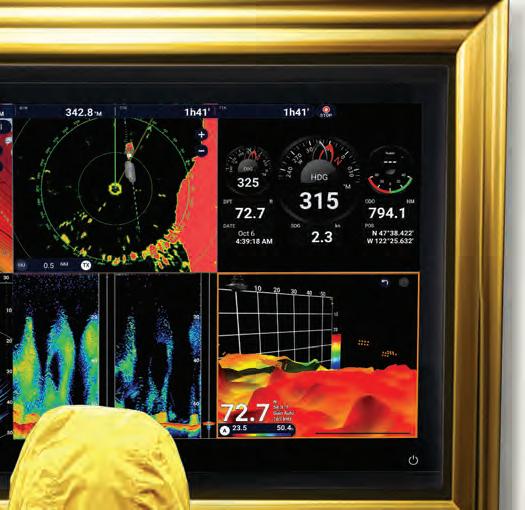












































































































Whether your vessel options are limited or you just want to spice up your inshore fshing experience, fshing from a kayak should not be overlooked as a possibility. When done correctly, it is some of the most exciting fshing. It can also be modifed for the extreme, or an entirely leisure day on the water.
Kayaking is how I fell in love with fshing. Of all the diferent ways I have gone about it, I have enjoyed them all. From packing a lunch and fshing my way to an island for a picnic and a swim, to drifing backcountry mangroves other vessels cannot access, to cruising dock lights at night, or deploying in
1,300 feet of water seeking yellowfn tuna of of the oil rigs, kayak fshing is versatile with endless possibilities.
Tis type of fshing can be dangerous, and its especially important to know your limitations and be overly prepared. Currents and wind change quickly and afect your return trip. Make sure to check tides and weather before venturing or drifing too far. Paddling against the current while battling the extreme heat can put you in a bad situation very quickly. Make sure to have a small anchor onboard as well. Obviously, this will come in handy for fshing, and it can also provide an opportunity to rest if exhaustion is getting the best of you.
Decking out your rig for fshing is an art form, and there are many ways to go about it. Prioritize having a cooler attached to the back over all else. You do not want to get dehydrated out there. Aferall, you are the motor of the vessel, and should be well maintained just like any other motor.
Afx everything to your kayak with the expectation of getting fipped. Of course, do everything to keep yourself from that situation, but things happen. Use dry-storage bags, and clip everything to the kayak itself. Most kayaks are designed to make this a straightforward process.
Fishing artifcials will simplify your set up, but sometimes afer all the paddling, its nice to relax and toss out some live bait. A bait bucket on a rope with shrimp, that can be tossed out between paddles, should be all you need. For more extreme fshing, modify a PVC pipe with holes drilled into it to hold live baitfsh.
Use common sense and check local regulations. Protect yourself from the sun during the day, be properly lit at night, and stay out of high-trafc boating areas and channels. You are also required to carry a PFD and a sound producing device, such as a whistle.
Once you have hit the full safety checklist, go out there and experience the possibilities that kayak fshing has to ofer. Fishing from a kayak will intensify the tug even with smaller fsh you hook up to, so hang on and enjoy the aquatic sleigh ride.
Capt. Quinlyn Haddon guides with Sweet E’Nuf Charters out of Marathon, Fla. See Captainquinlyn.com, @captainquinlyn or call (504) 920-6342.

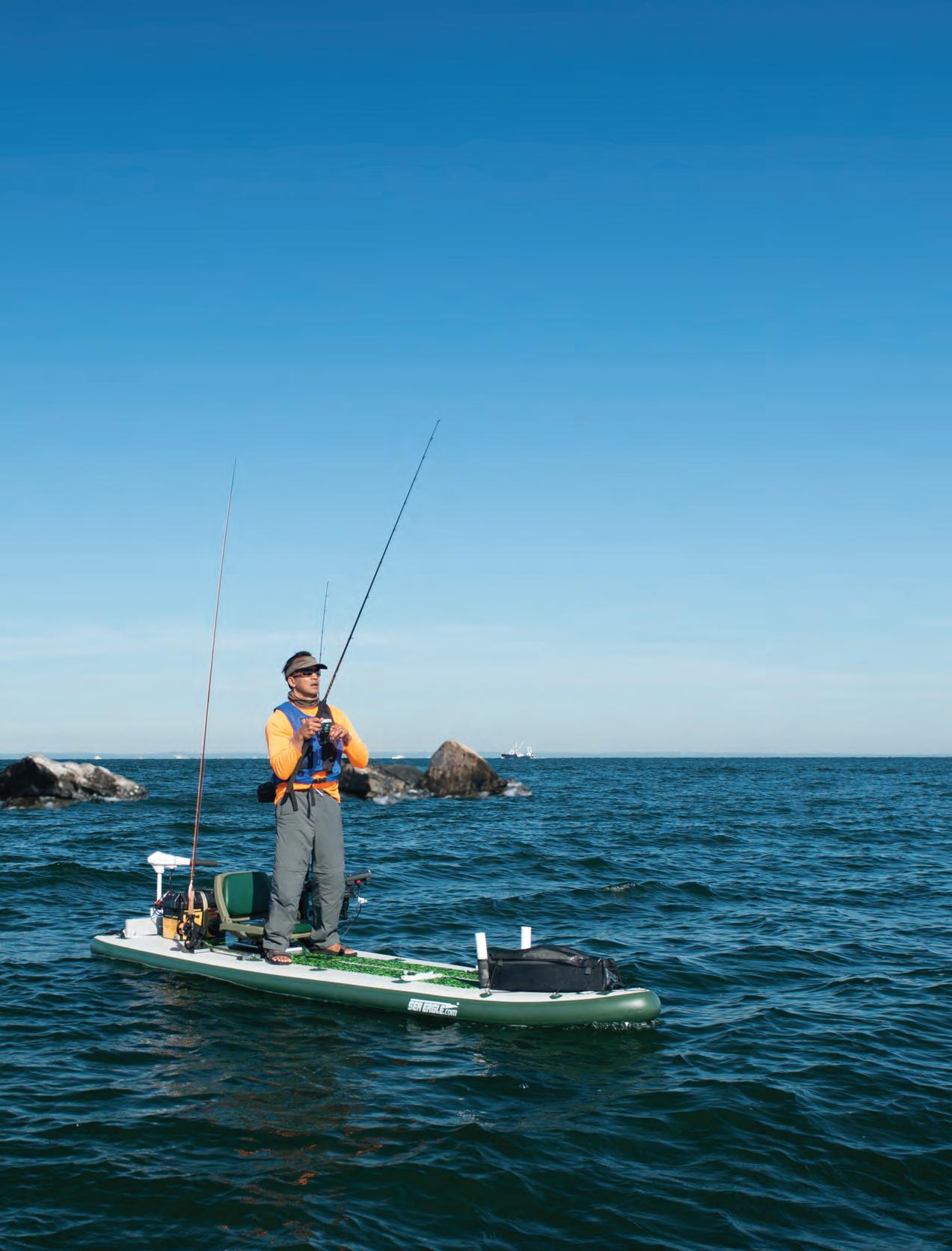




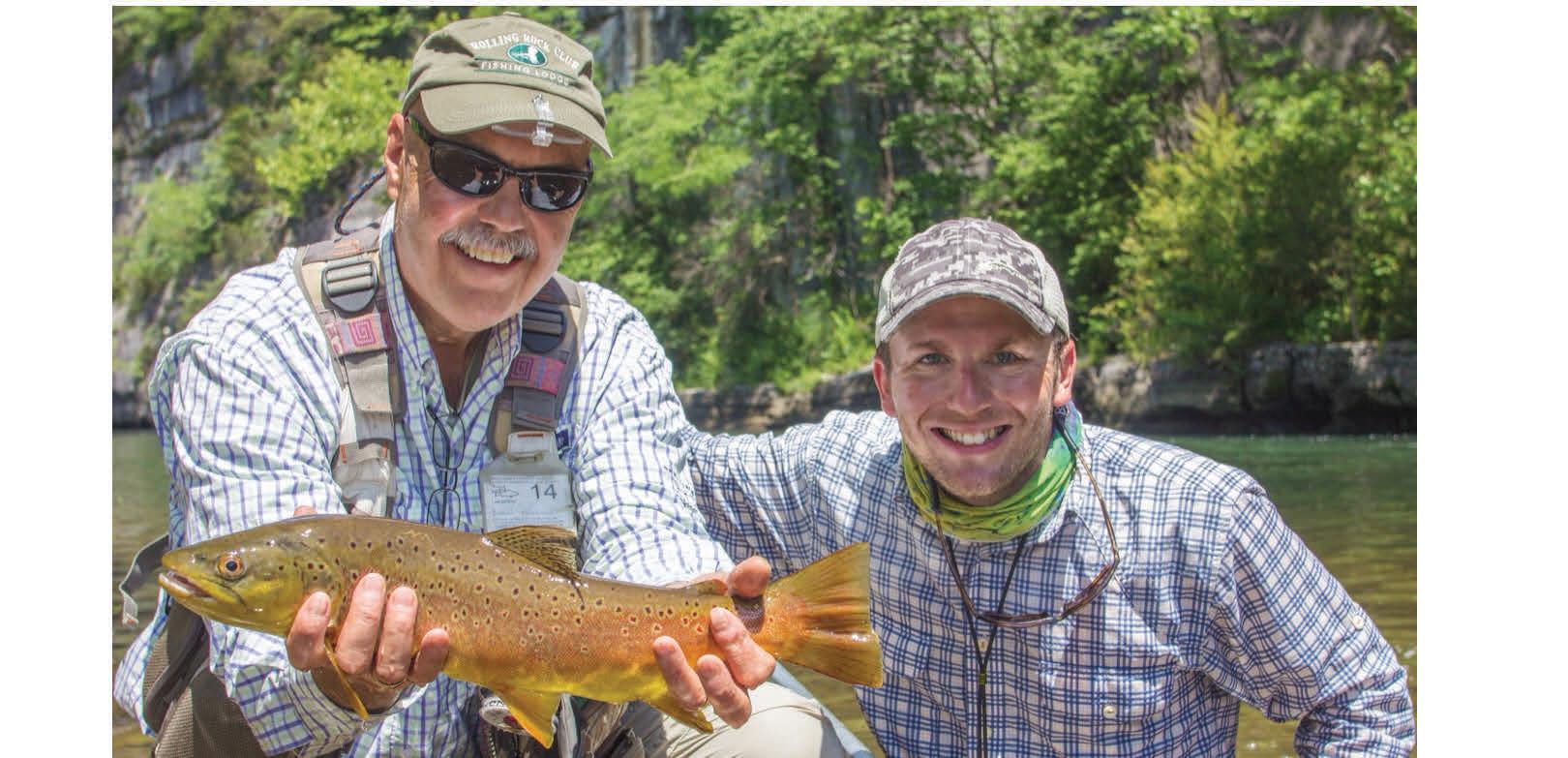



Hybrid striped bass are the Franken-fsh of anglers’ dreams. Also known as wipers, sunshine bass and other names, they are hatchery-produced crossbreeds of white bass and striped bass. Tey are stocked into reservoirs across the country for angler enjoyment.

Central Georgia’s Lake Oconee is a hybrid hot spot. Georgia stocks hundreds of thousands of hybrids in the lake, and conventional anglers get afer them with live baits, jigging spoons, bucktails and trolling lures.
Capt. Wayne Moore, of Oconee on the Fly guide service, is probably the only guy you’ll see on Oconee waving a fy rod from his center console. While he admits conventional tactics are more efective, there are three situations when fy fshing is both productive and a boatload of fun.
Oconee is a 19,000-acre impoundment about an hour and a half drive east of Atlanta. Te lake backs up behind a pump-back dam that creates currents that are key to a good hybrid bite. Moore said there is ofen a good afernoon bite when the dam kicks on and hybrids move onto main-lake points to chase threadfn shad. Afer locating bait and fsh with electronics, Moore goes to work on them with 8-weight fy rods and intermediate sinktip lines. He fshes a cadence of fve short strips and a pause with a 2-inch long white/chartreuse Clouser on a 5-foot leader of 12- to 15-pound
fuorocarbon.
When the bite is hot, a good angler might boat 8 to 10 fsh, and 4- to 6-pound hybrids are not uncommon. “A 6-pound hybrid is going to fght like a 10-pound striper,” Moore said.
By Nick Carter

A fy rod is also fun for the mid-lake morning bite. When the water starts moving, hybrids herd shad to the surface and blow up on them in a frenzy. Te action only lasts an hour, but the bite is consistent for two or three weeks during the May shad spawn.
With thousands of newly hatched shad in the water, Cowen’s Somethin’ Else, and Cowen’s Coyote are Moore’s go-to fies. Henry Cowen is a legendary angler and fy tier who developed patterns specifcally for striped bass in Georgia waters. His fies work just as well on hybrids.
Night fshing under the lights is another situation when Moore would rather use a fy rod.
“We don’t have a lot of lit docks here, but the
ones that are lit will be covered with fsh,” he said. Casts must be precise, and the fghts are technical, so Moore reserves night trips for experienced fy fshers.
“You better have that 15-pound leader. A 6-pound hybrid will give you a run for your money,” he said. “Tey’ll run you right back under that dock.”
With the May schooling bite approaching, it’s worth making plans to visit Oconee now…or try these tactics on your local hybrid reservoir.
Contact Wayne Moore at (404) 317-9556 or wmoore1700@outlook.com and check out Oconee on the Fly at www.oconeeonthefy.com.





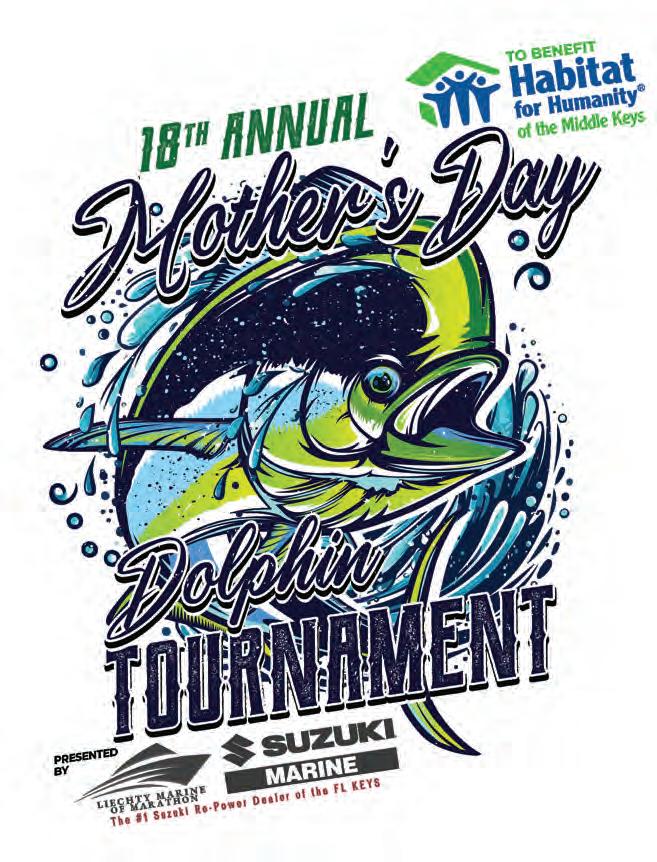

May 10th & 11th, 2024
Online Registration:
MothersDayDolphinTournament.com
Captain’s Meeting
The Island Fish Co.
Friday May 10th - 6pm to 7pm
Lines In: Saturday, May 11 - 7:30am
Lines Out: Saturday, May 11 - 3:30pm
Weigh-In
Curly’s Cofee
Saturday, May 11th - 3:30pm to 6pm
Awards Banquet
Marathon Yacht Club
Saturday, May 11th - 7pm
Sunday Honor Our Moms
Always in our Hearts JB!

An Angler TournamentAngler Entry Fee is a Donation
Catagories
Ladies, Junior (16 and under), Weekend Warrior and Pro Prizes for 1st, 2nd and 3rd in all categories
Contact Chris Todd Young at 305-797-5779
Admin@HabitatMiddleKeys.org
Presented by





















Trophy bass fshing in Alachua County was already good. With recently approved regulations intended to grow trophy bass, many anglers and the Florida Fish and Wildlife Conservation Commission are hoping it will get even better.
Orange Lake and Lochloosa Lake will both be managed under new regulations, which prohibit killing or possessing any black bass that is 20 inches or longer. Also, the new rules require the use of non-ofset circle hooks when fshing with natural baits longer than 3 inches in length. Te regulations are designed to allow trophy bass to remain in the lakes to grow larger and to minimize injury to fsh caught with natural baits. Bass ofen swallow live baits prior to the hook set, and circle hooks are designed so they are more likely than other hook styles to hook fsh in the lip, rather than in the gullet.
“Florida bass need to have the right genetics and waterbody conditions to grow for a long time,” said FWC Commissioner Gary Lester. “Orange Lake is unique, like in its fuctuations in water levels, that makes ideal conditions for bass to reach record sizes.”
Indeed, Orange Lake has established itself as one of the top trophy bass lakes in the state. It produces numerous 10-plus-pound largemouth bass every year, as documented by the Florida TrophyCatch program. Already in 2024, anglers have caught, released and reported eight 10-pluspounders to the program, and this fgure doesn’t include all the fsh caught by anglers who don’t participate in TrophyCatch. Te largest Orange Lake bass this year, so far, was a monster 13-pound, 4-ounce fsh caught by Luke Bolling on Feb. 15.
Lochloosa is not as much of a trophy bass factory as its sister lake, but it does pump out several 8- to 11-pounders for the Trophy Catch program each year. Both lakes are in Alachua County southwest of Gainesville.
Tese regulations changes support FWC’s eforts to grow larger trophy
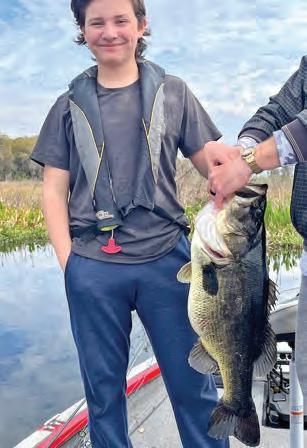

bass across the state and allow bass in these lakes to reach their maximum growth potential.



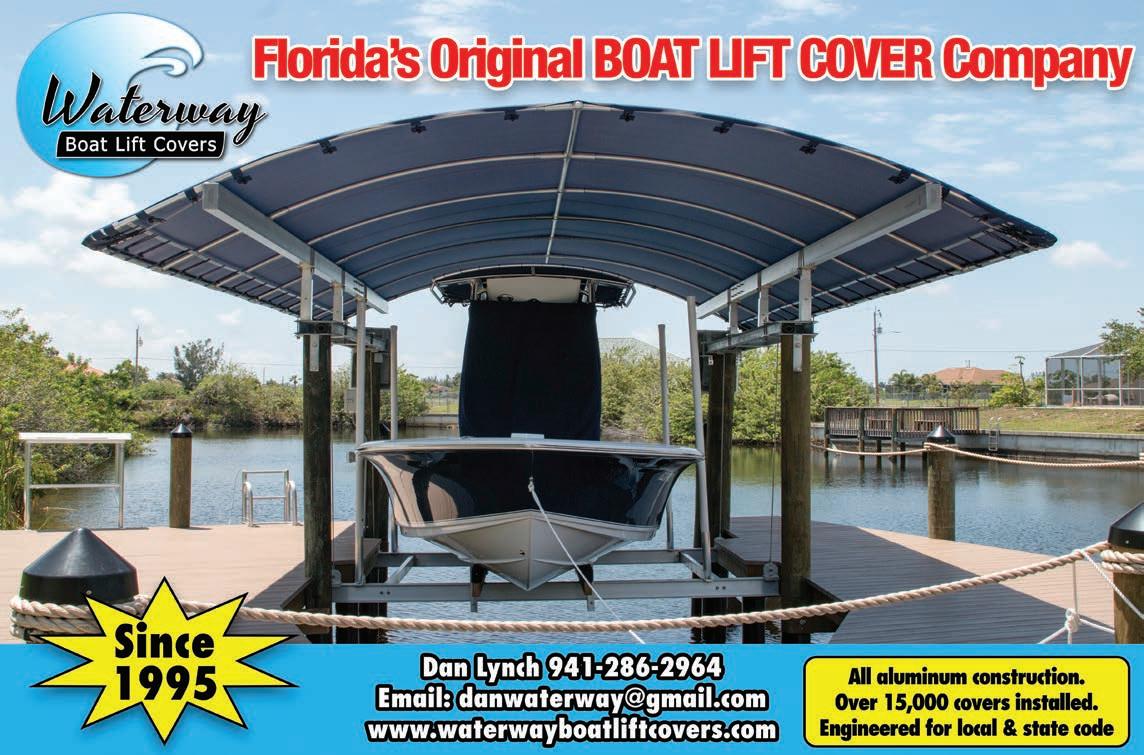

In my years of fshing the Indian River Lagoon, some of my best fshing has been wading.
Tere’s nothing like being in the water with the fsh. It provides advantages you don’t have in a boat. Wading is the most silent and efective way to fsh shallow water. Tere are lots of places you can access the lagoon, and all of them have fsh.
WADERS : You need a pair of chest waders because of the changing water quality, and you can get a good pair for less than $100. Waders protect you from underwater obstacles as well as cold or dirty water. In Florida, neoprene waders are too hot for most of the year. I prefer vinyl waders. If it’s cold, you can wear jogging pants under them.
Waders come with boots attached or sof shoe, which require rubber boots to wear over them. Make sure you don’t get the boot size too small. Wading boots can be very uncomfortable if they are too tight. Wear socks and get a larger boot.
GEAR: I recommend a good spinning reel with a 9- or 10-foot rod for longer casting. I use braided line because it’s strong and the smaller diameter of the line is better for casting. I use 6to 10-pound braid most of the time with 2-foot fuorocarbon leader. I use a 25-pound leader but have used 20- to 40-pound leaders in diferent situations. Carry extra leaders and lures in case your line breaks.

My main lures are search lures for making lots of casts and covering wide areas of water quickly. My favorite lure is a ¼-ounce jig with a sof-plastic body. I use D.O.A. jigs with a chartreuse head rigged with a pearl white paddletail (D.O.A. Shad Tail). It swims but is not erratic, and it’s easy for fsh to locate by sight and vibration. Te other search lures I use are shallow-running crankbaits (Yo-Zuri Inshore in pearl white), topwater lures (Skitterwalk/Zara Spook or Chug Plug), and spoons (Johnson silver or gold). Te jig covers shallow and deep water and can be skipped under piers and mangroves.
WIND: Too much wind, and it’s too hard to fsh. Not enough wind, and the fsh are hard to catch. It’s easier to fsh with the wind at your back because you can cast farther. To get the right wind, you can fsh either the east side or the west side of the lagoon. Most of the time there is an easterly wind. If it’s too windy, fsh around the Stuart bridges, which almost completely block the wind.
LOCATIONS: I wade the southern Indian River Lagoon from Sebastian to Jupiter, mostly between Fort Pierce and Stuart. Here are my favorite spots:
West Side—Walton Road (intersection with Indian River Rd) and Walton Scrub; Midway Road and Old Fort Park in Fort Pierce; and both Stuart Bridges.
There’s still a pompano bite on the beaches and in the lagoon. Jig from the bridges or wade while fan casting with jigs. Look for birds and bait to fnd bluefsh, jacks and ladyfsh. Snook will still be deep, but on warm days they will run the beach from the inlets and be around the deeper piers in the lagoon. Redfsh are around the deeper piers.
East Side—Bear Point then Blind Creek in Fort Pierce; North and South Herman’s Bay in St. Lucie; and both Stuart Bridges.
Richard L. Matteson is a long-time contributor to Coastal Angler Magazine who reports for the Stuart Rod and Reel Club.

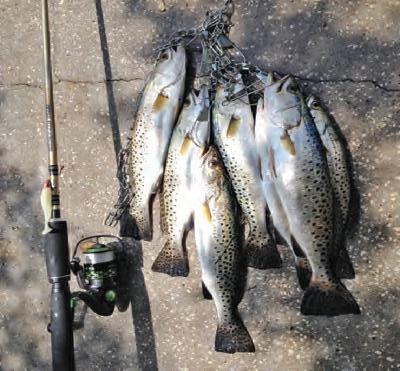






























Durable

expertly designed with Florida in mind.
ShoreStation hydraulic boat lifts are a reliable choice for coastal residents and boating enthusiasts alike. Their strong construction, made with corrosion-resistant materials, allows them to withstand harsh environmental conditions, including sun, storms, and saltwater damage. ShoreStation provides a steadfast solution for protecting waterfront investments, ofering peace of mind to owners in the Sunshine State.
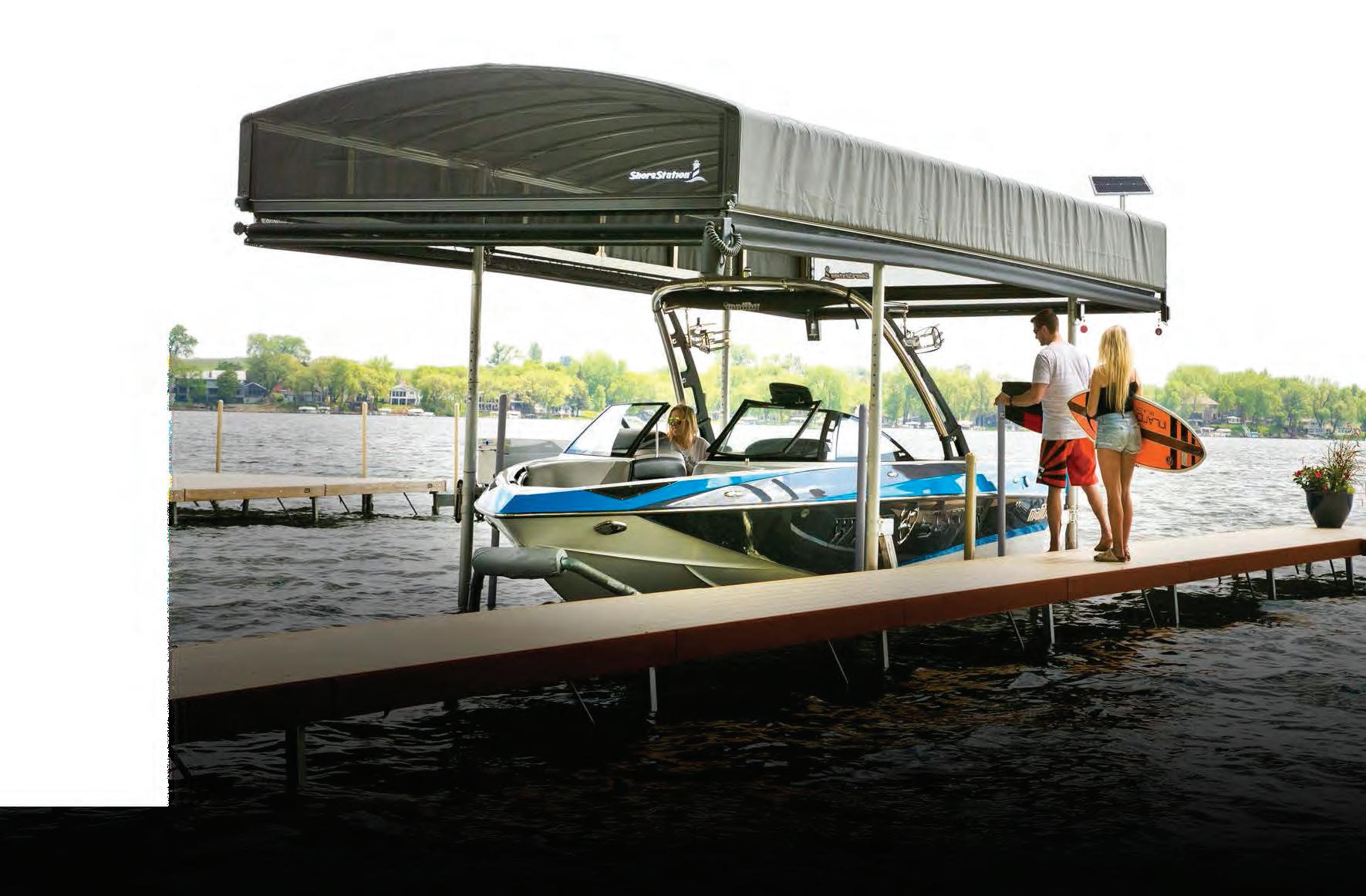
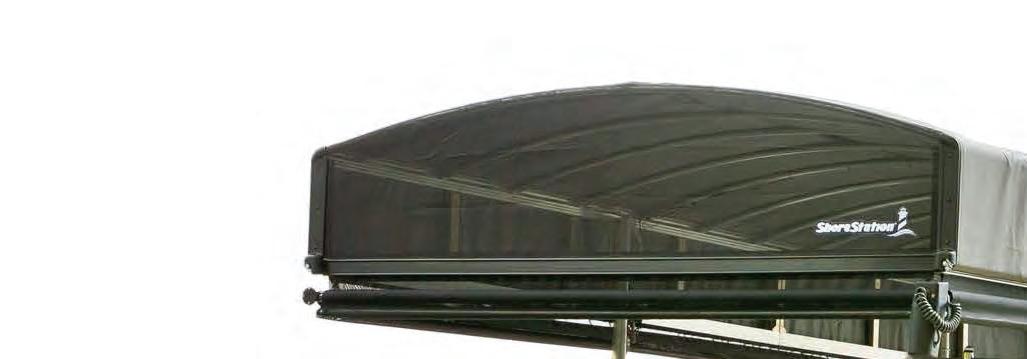
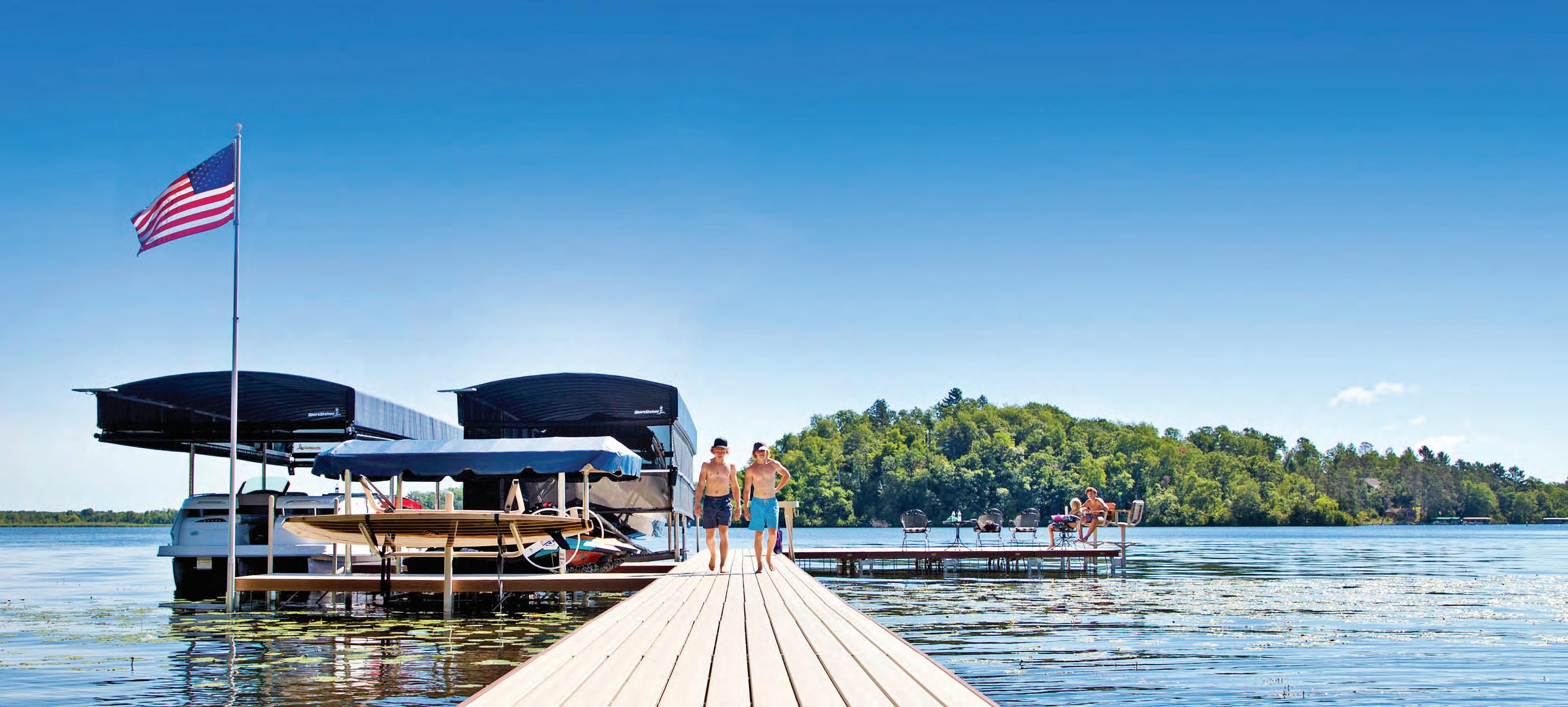
 No Profle Boat Lift
Four Piling Boat Lift
No Profle Boat Lift
Four Piling Boat Lift



Equipped with exceptional weather resistant fabric and breathable SunTex 80 woven mesh ends for maximum protection and durability,

Made from the highest quality materials, our innovative hydraulic boat lift is one of the fastest and safest lifts on the market today. When you have a hydraulic lift, there’s no need to worry about wind and waves getting in your way. This lift will give you confdence to safely land and secure your boat in less-than-ideal conditions.
Never miss another moment on the water. Power your lift with clean, free solar power. Our speedy 20 watt charger features solar regulator drainage protection, saving your battery from permanent damage caused by overcharging.



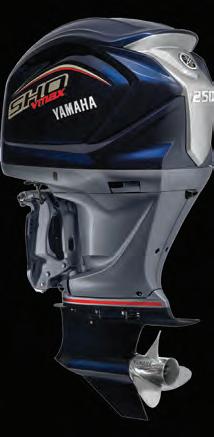












Ihave shared before that I am a very lucky guy. I have a great family and I am fortunate enough to live in a beautiful spot. I just walked down my dock and a green sea turtle that often rests under my dock raised its head to breathe; but I couldn’t see the shell on its back through the surface of the water.
So far this year more than 15 billion gallons, on the way to 30 billion gallons of polluted Lake Okeechobee water has been discharged into the St Lucie Estuary during the “dry season”. The Army Corps’ excuse for blowing out the St. Lucie Estuary and harming the Indian River Lagoon is that it must operate under an outdated management schedule imposed by a protracted review process, and that under the old guidelines an insufficient capacity to accommodate wet season rainfall existed in the lake, considering the effects of El Nino. I know it pained the officer in charge to make the decision to imperil the estuaries and continue the tradition of inequity in applying the water management dispersal dictum of “shared adversity”, so that the Everglades Agricultural Area gets perfect irrigation and flood control, and we get muddy polluted water. This has been going on for 100 years now.
A Secchi disc is a flat disk with black and white alternating quadrants on its upper surface. The Secchi depth is a measurement of water turbidity. Three times
the measured Secchi depth is the theoretical depth that light will penetrate and promote photosynthesis. The Secchi depth is achieved when the definition of light and dark quadrants is blurred. The other day at the St. Lucie Lock the Secchi depth was less than one centimeter. That means that no photosynthesis is possible.
One of the most biodiverse ecosystems in North America is continually being stressed to the point of no return. This unique, complex, and compromised ecosystem is being required to evolve at an unprecedented rate. WE must reevaluate our priorities and modify our relationship with our surroundings, or we will lose the natural services and protections that make this desirable place to live. Suburbanizing the wild places will inevitably make them less diverse, less productive, and more fragile.
Peoples have always emigrated to and migrated along the edge of wilderness. It has been common practice to domesticate and modify wild places to fit our perceptions of dominion and to control the extraction of resources and allow the relatively new paradigm of recreational access. The natural buffer and resilience that the edge of wilderness has provided is shrinking. We are experiencing the effects of human induced climate change now. We must face the certainty that consequential changes, predictable


and unforeseen, are going to rapidly impose a need

1M 2:12 AM
11TH 4:54 AM -0.11 L
11:18 AM 2.62 H
5:13 PM -0.5 L
11:59 PM 2.73 H
12F 5:44 AM 0.06 L
12:06 PM 2.46 H
6:05 PM -0.3 L
13SA 12:50 AM 2.52 H
6:37 AM 0.24 L
12:56 PM 2.29 H
7:00 PM -0.08 L
14SU 1:43 AM 2.32 H
7:35 AM 0.41 L
1:51 PM 2.12 H
8:01 PM 0.13 L
PM -0.08 L
5F 6:29 AM 2.38 H
12:17 PM -0.02 L
6:54 PM 2.48 H
6SA 12:44 AM -0.2 L
7:22 AM 2.55 H
1:10 PM -0.29 L
7:50 PM 2.71 H
7SU 1:38 AM -0.29 L
8:11 AM 2.68 H
2:00 PM -0.51 L
8:43 PM 2.89 H
8M 2:28 AM -0.33 L
8:59 AM 2.76 H
2:48 PM -0.66 L
9:33 PM 2.99 H
9TU 3:18 AM -0.32 L
9:45 AM 2.78 H
3:36 PM -0.7 L
10:22 PM 2.99 H
10W 4:06 AM -0.24 L
10:31 AM 2.73 H
4:24 PM -0.65 L
11:10 PM 2.9 H
SEBASTIAN
15M 2:42 AM 2.14 H
8:39 AM 0.53 L
2:52 PM 1.99 H
9:07 PM 0.27 L
16TU 3:44 AM 2.04 H
9:46 AM 0.57 L
3:59 PM 1.93 H
10:11 PM 0.35 L
17W 4:46 AM 2 H
10:47 AM 0.53 L
5:05 PM 1.94 H
11:10 PM 0.37 L
18TH 5:42 AM 2.03 H
11:41 AM 0.44 L
6:04 PM 2.02 H
19F 12:02 AM 0.35 L
6:29 AM 2.09 H
12:26 PM 0.31 L
6:54 PM 2.13 H
20SA 12:47 AM 0.31 L
7:11 AM 2.16 H
1:07 PM 0.19 L
7:37 PM 2.25 H
21SU 1:28 AM 0.27 L
7:49 AM 2.22 H
1:43 PM 0.07 L
8:17 PM 2.37 H
22M 2:06 AM 0.23 L
8:25 AM 2.27 H
2:18 PM -0.02 L
8:55 PM 2.46 H
23TU 2:42 AM 0.21 L
9:02 AM 2.3 H
2:51 PM -0.08 L
9:33 PM 2.51 H
24W 3:17 AM 0.21 L
9:38 AM 2.3 H
3:25 PM -0.11 L
10:11 PM 2.52 H
25TH 3:51 AM 0.24 L
10:14 AM 2.27 H
3:59 PM -0.12 L
10:50 PM 2.5 H
26F 4:27 AM 0.28 L
10:51 AM 2.23 H
4:36 PM -0.11 L
11:31 PM 2.45 H
27SA 5:05


With more than 6 million acres of state-managed conservation lands, options for experiencing wild Florida can be difficult to narrow down. The Florida Fish and Wildlife Conservation Commission (FWC) is proud to announce the WMA Recreation Finder, an interactive virtual map for Florida residents and visitors looking to find their perfect outdoor experience on public lands.
• WMA Recreation Finder: MyFWC.com/RecreationMap.
• Video Tutorial: youtu.be/ORZ9NgRZf-c
Bookmark the WMA Recreation Finder and use it to find local areas to enjoy wildlife and the outdoors by entering your ZIP code. Each user can create their ideal adventure by choosing from a variety of recreation experiences, trail types, amenities and accessible facilities.
Key features of the WMA Recreation Finder:
• L ocation-Based Search: Find local WMAs by entering your zip code.
• Recreational Experiences: Filter by activities such as boating, fishing, hunting, horseback riding, wildlife viewing and more.
• Trail Types: Explore different types of trails, including nature trails, paddling trails and scenic boardwalks.
VERO
FORT
JUPITER
• Amenities: Find WMAs equipped with amenities like picnic areas, viewing structures, campsites, fishing piers and boat launches.
• Accessible Facilities: Identify WMAs with accessible trails, boat ramps, paddle launches, viewing structures, picnic areas and hunting blinds.
The map also includes detailed information to plan your visit, including hours of operation, entrance fees, directions, links to the WMA website and regulations. Check out FWC’s video tutorial for the Recreation Finder to see it in action.
Florida has one of the nation’s largest systems of state-managed wildlife lands, which are managed primarily for wildlife conservation and naturebased public use. The FWC maintains, enhances and restores native natural habitats for the benefit of plant and animal populations as well as for the people of Florida.
The application period is now open for the Florida Fish and Wildlife Conservation Commission’s (FWC) School Fishing Club Program. This annual educational program focuses on teaching youth anglers about best fishing practices to help ensure the future of fishing in Florida.
Each participating club will be provided with program curriculum and educational materials to be taught throughout the school year by the club sponsor. The curriculum is comprised of lessons and activities on ethical angling, conservation, Florida’s aquatic habitats, basic fishing gear, and general fishing concepts, and is applicable to both freshwater and saltwater fishing. Additionally, at least one conservation project activity must be completed each school year and is an opportunity for clubs to earn points for a chance to win prizes.
To apply for the grant and register for the School Fishing Club program, interested club sponsors will need to complete a Florida R3 Fishing Grant application, which is funded by the FWC’s Florida Youth Conservation Centers Network, Coastal Conservation Association and the Fish & Wildlife Foundation of Florida. This grant will award up to 50 school fishing

clubs or teams $500 each to assist with club expenses, such as gear for participants or the purchase of fishing licenses for students over 16 years old.
The grant program is open to new or existing freshwater and/or saltwater fishing clubs or teams at public, private and charter schools throughout Florida. To be considered for the grant, school fishing clubs or teams must submit a minimum of five student pre-surveys, one conservation project outline and be represented by a school faculty member or parent.
The grant application period is open now until May 17, but grant funding is not required to participate in the School Fishing Club Program. All selected grant applications will be announced Aug. 16.
The application can be found online at MyFWC.com/ SFC by scrolling down to “Florida’s R3 Fishing Grant Program.” Applicants can complete the form online or download the application to submit by email. Please email completed applications to R3Fishing@MyFWC.com.




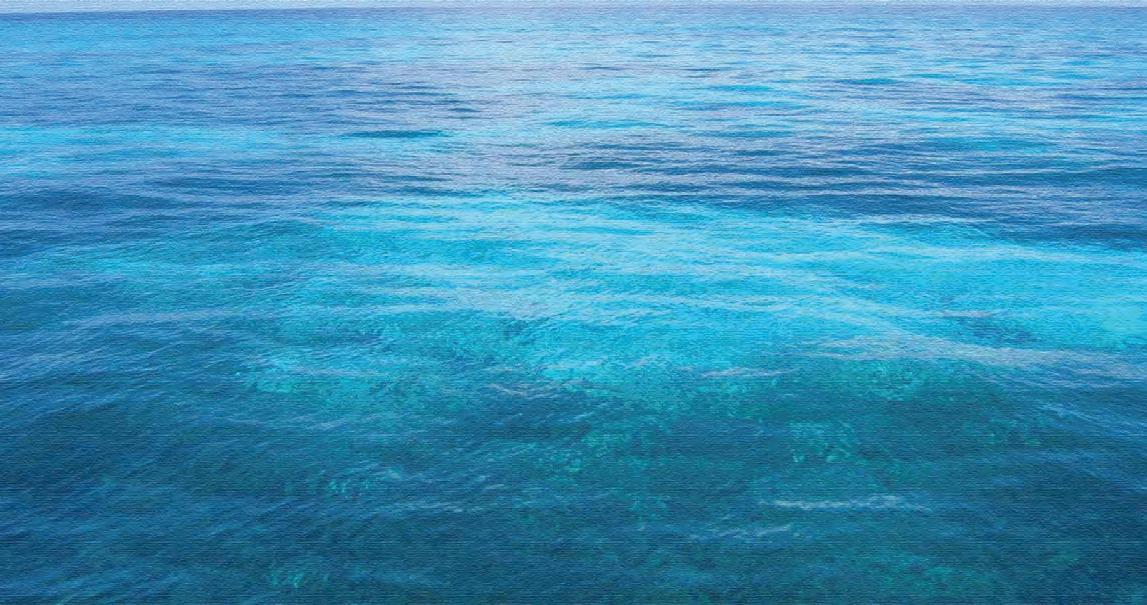



Capt. Scott Fawcett
Off the Chain Fishing Charters (772) 285-1055
offthechainfishing.com
fishscottyf@bellsouth.net

April showers bring May flowers? No! More like the contaminated waters of Lake Okeechobee being dumped out of the locks and into our fragile ecosystem starting last month. With salinity levels in the river plummeting to less than 5 ppm overnight, water so dirty that sea grass can’t get sunlight, silt so thick that all the nooks and crannies in the reef are getting filled in out as far as the six-mile reef, and fish already showing lesions more than three miles from the inlet. The fact that the Army Corp of Engineers has the audacity to do this and has been getting away with it for decades is a travesty. For more information on this despicable management of Florida’s waterways you can help, please look into Captains for Clean Water, please join and spread the word.
Fortunately, even with all this going on, when you find the clean water and get out of the freshwater influence, the fishing has been good, and I expect it should remain good offshore throughout the spring and summer. Trolling has been working very well the last few months and when there are not a lot of fish around, covering ground trolling between 4 and 6 knots with a good dredge as a teaser is usually more productive. Blackfin, mahi, kingfish and sails are the main targets for this time of year and as they continue to filter down here and really stack up, we will be switching to live baiting. 20 lb. line, a 50 lb. leader, a 6/0 or 7/0 circle hook, on a light to medium action 15-20 lb. Blackfin Rods is a great all-around set-up. I also like their Carbon E series spinning rods for pitching live baits to everything from snook to sails during these spring and summer months.
A huge tip to improve your ratio, light drags and bridle your live baits! I use R&R rubber bands and an open-end needle to secure everyone. Ideally, this time of year we’ll be kite fishing. We use Tigress kites. They fly in virtually

all conditions and can be steered incredibly well to optimize our footprint and presentation. As much as I love teaser bites, there is nothing better than a good kite bite but this time of year there’s not always enough breeze. On days where there’s not a lot of wind, we bump troll out of our extra-long Rupp Marine outriggers giving use the spread and height we need to present the baits properly in those conditions.
April 1st traditionally kicks off the yellowfin tuna season and is the perfect month for Bahamas trips looking for them and blue marlin. The last day kicks off the summer dolphin run and all of April is always a great time to continue your swordfish exploits.
Whatever type of fishing you do this April, I hope your next trip is Off The Chain! With how great the last few years have been during spring and summer; I’m really looking forward to this April! Hope to hear from you soon.
Capt. Jonathan Earhart
Chaos Fishing Charters (772) 341 – 2274
www.chaosfishigcharters.com
jon@chaosfishigncharters.com
April is a phenomenal month for targeting large jack crevalle, snook, tarpon, redfish, and cubera snapper on the Treasure Coast inshore waterways. Live bait fishing with large white baits, mullet, croakers, or pinfish will produce plenty of action and bigger game fish too. Artificials are working better at first light, sunset, and
after dark. Topwaters, subsurface twitch baits, NLBN, flairhawks, and D.O.A. soft baits all work well this time of year.
Tarpon fishing along channel edges has been producing some larger tarpon on live mullet. Heavy leaders and 2x 8/0 BKK circle hooks will get the job done.
Snook fishing around structure with live pilchards is working very well this time of year. Expect some oversize jack crevalle this month while snook fishing. I always keep an 8000-size reel onboard with an 80 lb. braid and 80 lb. leader for these 30-50 lb. jacks. Large live mullet on a 2x 8/0 circle hook should be adequate. Cast out and HOLD ON!!
Also, we are still seeing a few pompano in the Indian River along the sandy Sailfish flats near the St.

Capt. Rocky Carbia
Safari I Deep Sea Fishing
Pirates Cove Resort and Marina
4307 SE Bayview St. Port Salerno
Reservations: (772) 334-4411
www.safari1deepseafishing.com
The local seascape of April will play host to some of the most prized saltwater grocery trophies in the world. Cobia, snapper, mahi, and king mackerel will top this briny hit list and will be found around and atop the renowned reef system, east of our St. Lucie Inlet. The offshore fish hunters of April will delight in engaging in strategies that involve both surface and bottom fishing during open, user-friendly, weather windows this month. April can still
be a windy month that produces rough sea conditions, so anglers (as always) will need to continue to monitor daily offshore forecasts.
Cobia typically make a strong showing during the golden days of April and will be found in many dynamic scenarios of the local, liquid playing field. Hungry packs of cobia will be attracted to all types of reef structures, both naturally occurring and artificial, and will fall to live and dead baits presented throughout the water column. Live baits are especially effective and will prove to be irresistible to a cobe in the right mood. Besides being found around bottom structures, cobes tend to follow and swim along with larger sea animals, like manta rays and southern stingrays, turtles, and sharks.
Casting to a cobia towing behind a larger sea creature is best achieved
Lucie Inlet. Fishing pompano jigs while drift fishing and or anchoring with sand fleas on pompano rigs will produce the bites if you’re in the right area.
Nearshore fishing remains steady for snapper, cobia, jacks, snook, tarpon, permit, and kingfish. Running the beach early in the morning looking for large schools of tarpon, jacks, permit, and kingfish is a great idea this month. Approach these large schools of fish slowly with the boat and stay as far away as possible while casting to the lead fish. This will prevent you from spooking the entire school and allow you to catch multiple fish.
There are still a few Spanish mackerel around Peck Lake but the Spanish run is at its tail end.
Tight lines!
using three- to four-ounce jigs, tipped with a long ribbon of squid. Bottom fishing for the many species of the snapper family will continue to be a go to strategy for Treasure Coast meat hunters in April. Large mutton and mangrove snapper will be available in good numbers along the reef line in 70 to 90 feet of water and allow fishermen to test their angling finesse while attempting to capture these fish athletes of

the ocean floor. Wrestling a large snapper to the surface can be a full contact and exhilarating moment, made more satisfying as the filets hit the frying pan.
With this in mind, pack the cooler with plenty of dead bait, catch some “live-ies” if you can, and have an assortment of jigs standing by. And don`t forget to pull out some coastal recipes to fully enjoy the salty grocery trophies of April.

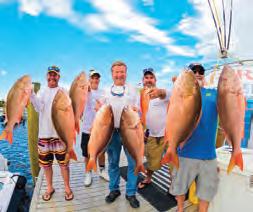

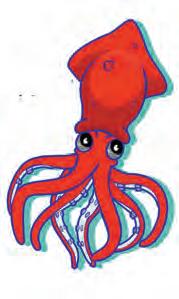



Capt. Bo Samuel
Pullin Drag Charters (772) 971-6661
facebook.com/Pullin-Drag-Charters catainbofishing@gmail.com
Some say it’s springtime but we say it’s dolphin time! April action around the Treasure Coast is greatly anticipated with dolphin, also known as dorado or mahi mahi, being at the top of the fish list. These beautiful acrobatic fish will be making their way north up the Gulf Stream on their annual spring migration. Along with dolphin, this time of year produces opportunities for some other highly prized trophy fish like cobia, snapper, king mackerel, wahoo, and sails. Since this month can offer amazing offshore action, anglers up and down the coast look forward to great days of better weather and better water quality.
It’s definitely time to take
advantage of calmer days as the waters begin to warm and the wind slowly dies down. When the water temperatures warm up, the dolphin action heats up! Although we generally can always find some mahi off our coast, April is when we see the bigger ones traveling their way north, with possible jumbos up to 40 and 50 pounds. Now is the time to get your trolling gear ready and head offshore for your best chance at hooking these unique schooling fish, popular for their incredible aerial jumps and brilliant Easter-like colors, not to mention fun bragging rights.

Start your troll at 5 mph in about 100-150 feet and keep an eye out for a combination of color changes, temperature changes, sargassum weed lines, floating debris, and diving birds. If you see at least two of these, then get ready for some serious action. Mahi are schooling fish so if you hook one, be prepared for more as the school tends to stay close by. I like to chum live and cut bait to bring the school closer and increase chances of hookups. Mahi aren’t picky and will bite artificial lures, feathers, and jigs but I find the best choice is trolling skirted ballyhoo. Sometimes cobia and tripletail are also hiding just under the weeds or floating debris so keep a pitch rod ready and you might just
add more dinner options for your dinner table. Regulations say mahi must be 20 inches to the fork to harvest.
Bottom fishing should continue to be a solid strategy producing fish boxes full of mangroves, lanes, and muttons. I like to target the 60–90-foot reefs and we have seen consistent action recently, particularly with the mutton bite. These monster muttons prefer live threadfins or frozen sardines and are stellar saltwater trophies for any angler. Chumming with cut bait like frozen sardines or a chum bag will help stir up these aggressive feeders and can significantly increase your chances. DeBrooks Fishing Corner and Little Jim Bait & Tackle are happy to help with your various bait choices and tackle needs.
April 22 is Earth Day and the best way to celebrate is to keep all plastics like food wrappers, bottles, straws, shopping bags, disposable cups, and fishing line out of our amazing oceans and waterways. If you want to see for yourself just how beautiful our local waters are, come to my home base of Little Jim Bait & Tackle and let’s plan a trip out on the blue! I don’t mean to brag, but the ocean is my “office” and we’re always Pullin Drag!











St. Lucie Flats Fishing Charters
(609) 820-6257
www.stlucieflatsfishing.com
The next few months are some of the best fishing the Treasure Coast has to offer. April is here and is a great month to get out and explore the lagoon. Water temperatures start to stabilize, the schools of bait will start to get active throughout the river, and the shallow fishing will start to come alive. With all the fronts this winter, it has made the fishing quite challenging. I’m sure I am not alone when I say I’m ready for some consistent weather.
Capt. Scotty Gold
Miss Fort Pierce Fishing (772) 766-0191
www.fortpiercefishing.com
As April is upon us, we are finally in a better weather pattern than all the wind we had this winter. The mango snappers have started to make their move and are starting to school up more and can be found in all the rough bottom in 60 to 90 feet of water. You can continue to catch them on 6-to-10-foot leaders of 30-to-50-pound test line, preferably fluorocarbon with 3/O or 4/O hooks. Small live bats or small grunt plugs are preferred, and you can catch them on strips of fresh cut bait or even squid.
Mutton snappers should start to move around as well, and they’ll be caught on the drop offs adjacent to the reefs in 70 to 90 feet of water. As the water on the bottom continues
April is month where you want to start getting out a little earlier. I like being at my first stop at grey light with a topwater rigged up. Bigger snook, and the few trout and redfish we still have will be out searching for a meal before they retreat to cover after the sun starts to shine. A Yo-Zuri Hydro Pencil is a great topwater when looking for a big bite. They cast well and have good hooks right out of the package. Other great options are Rapala Skitterwalks or MirrOlure MirrOmullet. They are more of a “catch all” type of topwater versus the Yo-Zuri which is more of a big bite lure. To the south fish Hermans Bay, Big and Little Mud Creeks, and Bear Point all have shorelines that consistently hold bait and fish. To the north Big Starvation, Round
Island, and the Oslo Road shoreline are all great areas to work as well.
Fishing the beach will provide great opportunities throughout the next month. The pompano are starting their migration back to the north and they will be on the feed to fuel their trip. Mackerel, jacks, and few bluefish will be out terrorizing anything they think they can eat. If you’re more of a big game person, the spinners and blacktips will still be plentiful and provide plenty of action on any given day.
April is great transition month with plenty of options to target for whatever hand your dealt with the weather on that particular day. Get out and enjoy some of last bit of cooler weather we will have until next winter.
Tight lines!

to warm. They will become more aggressive and feed more and more. When fishing for the mount snapper, continue using 40-to-60pound leaders 15 to 25 foot long with a sliding sinker type of rig. Grunt plugs, sardines, and mullet all continue to prove to be excellent bait. Be patient and watch the tides as they may not bite throughout the day and only periods in between.



Lane snappers, triggerfish and porgies continue to bite in 50-to-80foot depth on the hard rough bottom fishing with the two-hook chicken rig baited with squid, mullet, or fresh grunt strips.
The weather pattern should continue to get better and better and as spring quickly approaches, the wind should start to back off more summer season type of pattern.
The Miss Fort Pierce continues to sail seven days a week on an allday schedule. We sail by 7 a.m. and all our trips are sold as limited load not to exceed 28. Please go to www. fortpiercefishing.com to make your reservation and pick your spot. The Miss Fort Pierce is also available for fishing, cruising, or burials. Please be safe out there, keep tight lines, and we’ll see you soon.

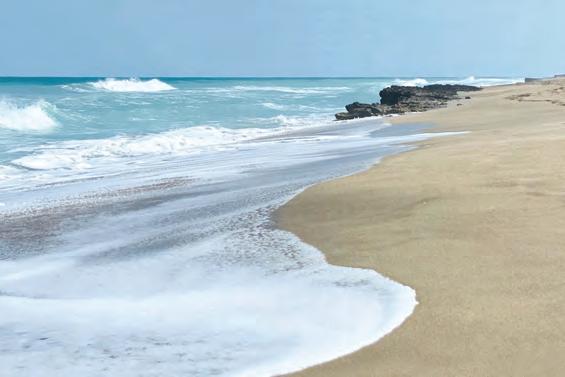


Capt. Gus Brugger
Pattern Setter Charters (772) 360-6787
www.WelcomeToSebastian.com
With just about every species of fish available in the Sebastian area in April, the biggest dilemma for inshore anglers is deciding what to fish for. Every venue holds multiple species to pursue, and each species may require different tackle and technique. Add in the effects of varying weather and tide conditions and catching fish can seem as complex as a Sherlock Holmes mystery. I like a good mystery, so using the clues and following a logical game plan to be in the right place at the right time to connect with trout, reds, snook and tarpon for an inshore slam always turns my crank. When it works out, the satisfaction is unparalleled, when it doesn’t, it is usually still a good day with at least some of the options paying off.
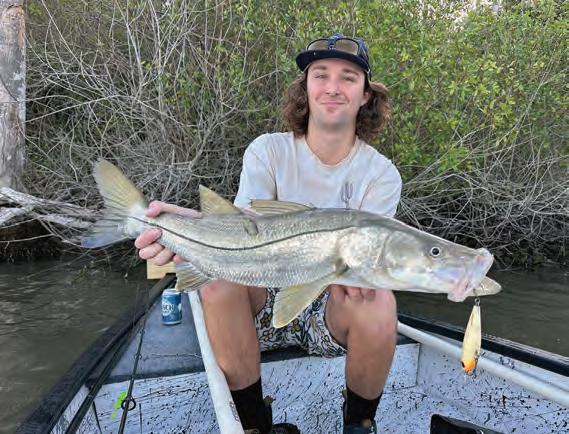
SEBASTIAN RIVER – Snook and tarpon of all sizes are available in good numbers in the Sebastian River in April. D.O.A. shrimp, Terror-Eyz jigs, MirrOlures and live mullet will catch just about everything you will encounter in the Sebastian River. Cast small plugs, jigs and flies to rolling tarpon in both forks of the river and work the docks and shoreline cover with Jerkbaits and D.O.A. shrimp for snook. Bull sharks can be caught on live and dead baits fished on the bottom or below a float in the lower river between the railroad and US 1 bridges.
INDIAN RIVER LAGOON – April’s list of available lagoon species is the most extensive of the year. Work the mangrove shorelines and docks with D.O.A shrimp, jerkbaits and plugs for snook and redfish. The spoil islands, flats and shoreline points with baitfish activity should hold trout and redfish. Backwater culverts and canals are great places to look for juvenile tarpon and snook of all sizes. Deeper areas adjacent to flats and islands offer ladyfish, jacks, bluefish and some pompano. The techniques used to catch just about all the species can be as simple as live shrimp below
a float, bouncing a D.O.A. jerkbait or working a suspending or topwater plug. Wade fishing with live shrimp or artificials is also a great way to pursue trout, reds and snook this month.
SEBASTIAN INLET – April’s warmer temperatures will make snook fishing the focus of Sebastian Inlet anglers. Redfish and big jack crevalle will also be available. Live croakers, pigfish, pinfish, pilchards and shrimp will all catch fish during the day. After dark, jigs and plugs are equally effective.
–Pompano and whiting are the main quarries of surf fishermen in the spring. Sand fleas and cut clams are the baits of choice for pompano and whiting, but a pink Goofy Jig can be deadly when the surf is calm. The waters from the beach out a couple of miles can boil with schools of Spanish mackerel and jumbo-sized jack crevalle. When the weather is calm, a boat ride down the beach can really pay off. Keep your eyes open and have some stout spinning tackle on board for double digit jacks, the occasional cobia and an early school of migrating tarpon. Tight lines!





Capt. Terry Wildey
Big Easy Fishing Charters
(772) 538 - 1072
captwildey@bellsouth.net
www.bigeasyfishingcharters.com
It’s dolphin time again! If you haven’t yet prepared, you need to get busy. Dolphin will be traveling north up the Gulf Stream on their spring migration. They’ll be on a constant feeding journey up the coast. There’s a misconception that all the dolphin are out in the Gulf Stream. Although we do find them on the edge of the stream, where the cooler coastal water goes from mid 70s to 80 or even higher, I find they are not always out wandering the mid Atlantic. Look for them on the western edge of the stream where there’s that combination of a temperature change of a degree or two, color change, combined with sargasso weed with bait underneath it. This edge that’s usually caused by two different speeds of current usually running north and south will eventually produce fish.
Your eyes quite often will be your best way to find fish. Constant scanning of the water for anything floating, and the sky for birds will all point you towards a bite. Ballyhoo rigged with a #7 or #8 Mustad hooks, on 60# to 80# mono leader works fine. If you like, even a small lure in front helps draw attention to your baits. I usually troll this spread of 4 to 5 baits at 5 to 6 knots. Sometimes I’ll pull some small artificial’s like bullet head or popper lures if I’m trying to cover ground looking for fish, because I can pull them at 7 and 8 knots without worrying about my ballyhoo washing out. I always have a down rigger running 50 feet to 60 deet down with a ballyhoo behind a bullet-Headed lure. This I’ll rig on a #7 wire for the toothy wahoo and kingfish. The down line will also produce some nice dolphin midday when the surface bite slows down.
Until the dolphin show up don’t pass up the bottom bite in 85 feet and 90 feet. Should be a good mangrove and triggerfish bite, along with some kingfish and a few cobia. I’ll see you out there on the edge.
“Fish On Gotta Go!”

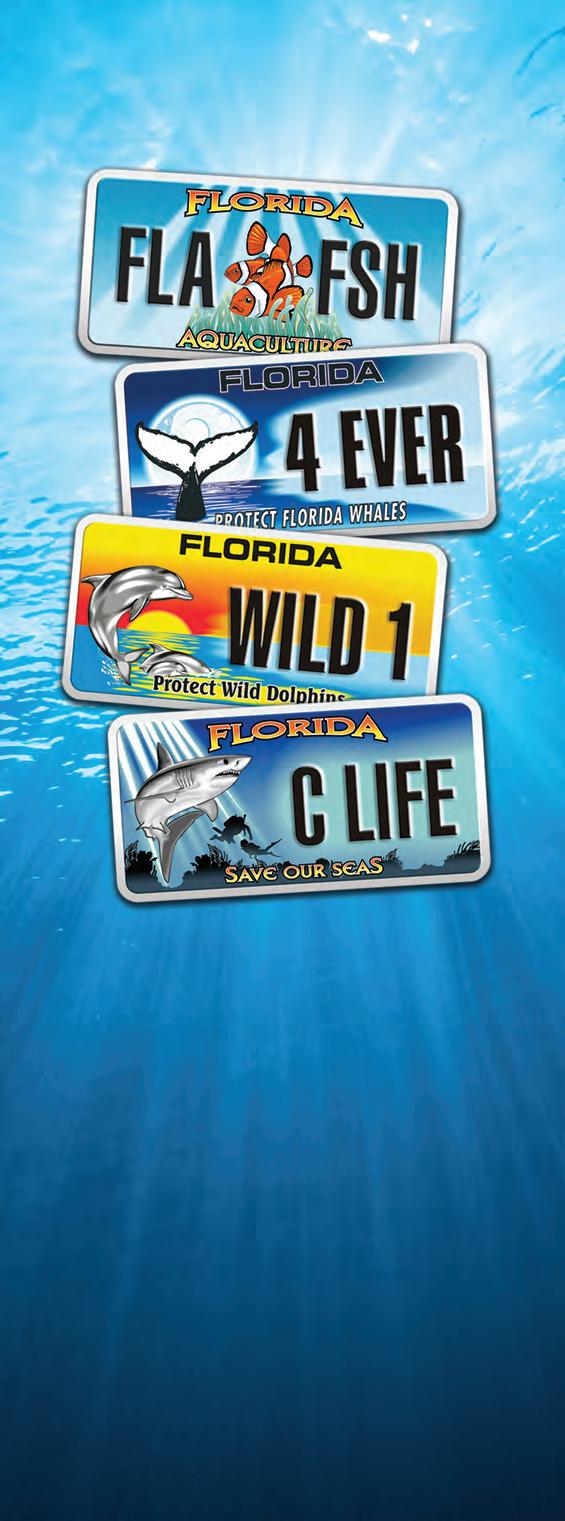
April 1 FAIR Morning
April 2 FAIR Morning
April 3 GOOD Morning
April 4 GOOD Morning
April 5 BEST Morning
April 6 GOOD Morning
April 7 POOR Morning
April 8 POOR Evening
April 9 POOR Evening
April 10 POOR Evening
April 11 POOR Evening
April 12 POOR Evening
April 13 BEST Evening
April 14 BEST Evening
April 15 POOR Morning
April 16 POOR Morning
April 17 POOR Morning
April 18 FAIR Morning
April 19 FAIR Morning
April 20 FAIR Morning

April 21 FAIR Morning
April 22 FAIR Morning
April 23 BEST Evening
April 24 BEST Evening
April 25 FAIR Evening
April 26 FAIR Evening
April 27 POOR Evening
April 28 FAIR Evening
April 29 FAIR Evening
April 30 GOOD Evening
What do the ratings mean?
POOR day basically means the fish will either steal all your bait or will not even touch your line.
FAIR day means that you catch one or two fish but you will have to work hard to do so.
GOOD day means that you will catch enough fish to feel gratified.
BEST day means that you will catch something almost every time you cast your line in the water.
SOURCE: The Old Farmers’ 2024 Almanac

Capt. Nate Shellen
Shellen Guide Service
Okeechobee Bass Fishing Guides/Charters (863) 357-0892 sjmike7@aol.com
OkeechobeeBassFishing.com
Headwatersfishingguide.com
Okeechobee’s fishing conditions are highly promising with water levels sitting at a moderate level, conducive to successful angling experiences. The current water levels are hovering around 15 feet, providing ample opportunity for anglers to explore various fishing spots across the lake.
piles. Crankbaits in natural colors can also entice bites from both bass and other species such as crappie and bluegill.
Remember to adjust your techniques based on prevailing conditions and experiment with different lure presentations to maximize your success on the water. With favorable water levels and a diverse range of fishing opportunities, April promises to be an exciting month for anglers on Lake Okeechobee.




For those casting artificial lures, several recommendations can enhance your chances of a successful catch. Spinnerbaits in chartreuse or white colors are proving effective, especially around submerged vegetation and structures where largemouth bass tend to lurk. Topwater lures such as frogs or buzzbaits can also produce thrilling strikes, particularly during low light conditions in the early morning or late evening.
Additionally, soft plastic baits like Senkos or flukes rigged Texasstyle are reliable choices, especially when targeting bass in shallower areas or around docks and brush

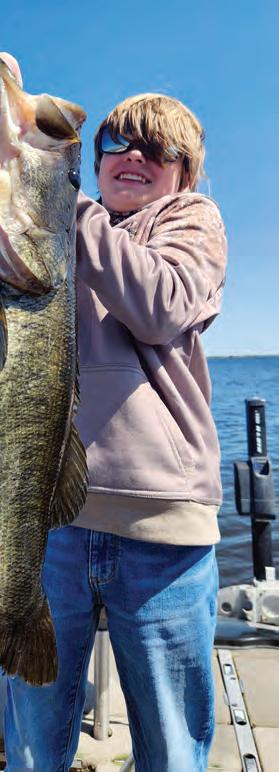
find a harmonious relationship with our fellow earthlings.
I am convinced that we must rewild places that we have disturbed. We have to get comfortable with letting places be undisturbed and conserved not for enjoyment and profit but for our wellbeing. Allowing the wild places to filter our water, sequester the carbon and produce the oxygen we need to survive is efficient. We can
innovate and find ways to reduce our footprints simultaneously.
Let’s preserve the Indian River Lagoon and the near shore reef by declaring them a National Park and love them by preserving them.
If you are a business owner and would like to learn more about the benefits of supporting Indian Riverkeeper, email Executive Director Jim Moir at IndianRiverKeeperFL@gmail.com or call (772) 341-4953.

Brian Nelli
Pushin’ Water Kayak Charters (772) 201-5899
Brian@tckayakfishing.com www.tckayakfishing.com
INSHORE/OFFSHORE: Spring is near! April will still be good for pompano and tripletail will be in full swing. Pompano as usual will be along channel edges near your favorite inlets. I like to fish for pompano in the morning and then head to look for tripletail. Using the sun to your advantage, you can see tripletail hanging around crab buoys and channel markers. Both pompano and triple tail can be caught using a D.O.A. Lures 2.75” shrimp. Switch to the 3” D.O.A. shrimp if you need the bait to stay in the strike zone a little longer. Snook will also be back on the list of targets as April usually brings a small spring mullet run along with more white bait. Yo-Zuri Lures, Top Knock or D.O.A. Bait Busters are great options for artificial lures. April will really start to push



in more bait and along with that comes more species and numbers of pelagic fish. Mahi, tuna, sailfish, wahoo and kingfish will all be in the normal trolling waters of 60-250 feet of water. April will always bring a good push of sargassum grass as well. Look to focus your spread on weed lines and current edges. The grass will hold baitfish and the fish won’t be far behind. Goggle eyes, pilchards, threadfins, blue runners and mullet will all work for your live bait presentations. Yo-Zuri Crystal Minnows are a great option as well this time of year.
FRESHWATER: Peacock bass and clown knifefish will be chewing this



month. Prop baits will work well for peacock along shallow edges. Try 15-pound Yo-Zuri fluorocarbon leader and a 2/O circle hook casting in and around structure and weed
lines to get onto a few clowns shiners. Look to fish mid water column and below by adding a pinch weight to your leader and get that bait in their face.
(772) 263-0118
beachwalkerfish@gmail.com
April brings warmer weather and with this, snook are on the move. Snook will be leaving the river to move to the inlets and beaches. If you like to catch some fish, the best bet will be inlets. Look for moving water. Nighttime is the best for big snook. Can’t beat a live mullet or a threadfin to get a bite. Look for snook to be stacked up on the beaches mostly where there is structure. Walton Rocks Beach being number one on the list with a high tide. Throwing plugs like a YoZuri Crystal Minnow.
Tarpon are biting in the inlets too and the same bait you use for snook will get a bite from these fun fish. Look to fish at night to get more hook ups.
Big jack crevalle are still around




and will give you a fight of a lifetime, so don’t overlook this amazing fish. Some can be over 40 lbs. I still like throwing spoons off the beach to get these fish to bite. It’s always fun to watch them bust the surface.
Trout and redfish will be on the flats near Herman’s Bay on the east side and right up to Bear Point. West side of the river look for them from Walton Road up to Fort Pierce. Wading with a popping cork and shrimp is the way to go.
Take a kid fishing and enjoy the outdoors.






This is the time of year where I teach a lot of fly casting here in Stuart. Typically customers who book a lesson are more serious in the sport and understand that fly casting is really our base. To reach a level of confidence when we present our fly and not to worry or even think about casting should be the goal.
Unfortunately, there are a lot of different ways how to fly cast and a lot techniques fail miserably when it comes to real life fly casting, like in windy conditions, weighted flies, distance and line control! Let me give you a few pointers on what to do.
• Straight rod tip motion no matter what rod angle you use…as a base.
• Use the same amount of power throughout your fly cast with your rod hand.
• Pull your cast instead of pushing.
• Rod angles, use more open rod angles like 10-2 without dropping the tip (and even more). The goal is for good fly casters to change the “stop” in your back cast into a “lift & drift”.
• Both rod hand and line hand have to work smoothly together. Line hand trumps rod hand speed wise while single or double hauling. Line hand is the key for higher line speed, loop control, distance and line/leader turnover.
• Learn how to feel your fly cast without looking at your back cast. The goal is to never take your eyes off the fish in front of you - we are fishing! The only reason to look back in my book is if there are people behind you like on the beach.
• Don’t overpower your rod - don’t overspeed your fly line!
• Learn how to read your line motion since your fly line is the


mirror of your rod tip motion. And last but not least, technique trumps power, which means learn how to fly cast with the right technique instead of overpowering your cast when you can’t feel it.
Have fun improving your casting
and never forget “wind is a great teacher”!































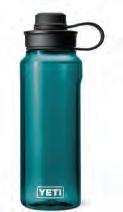





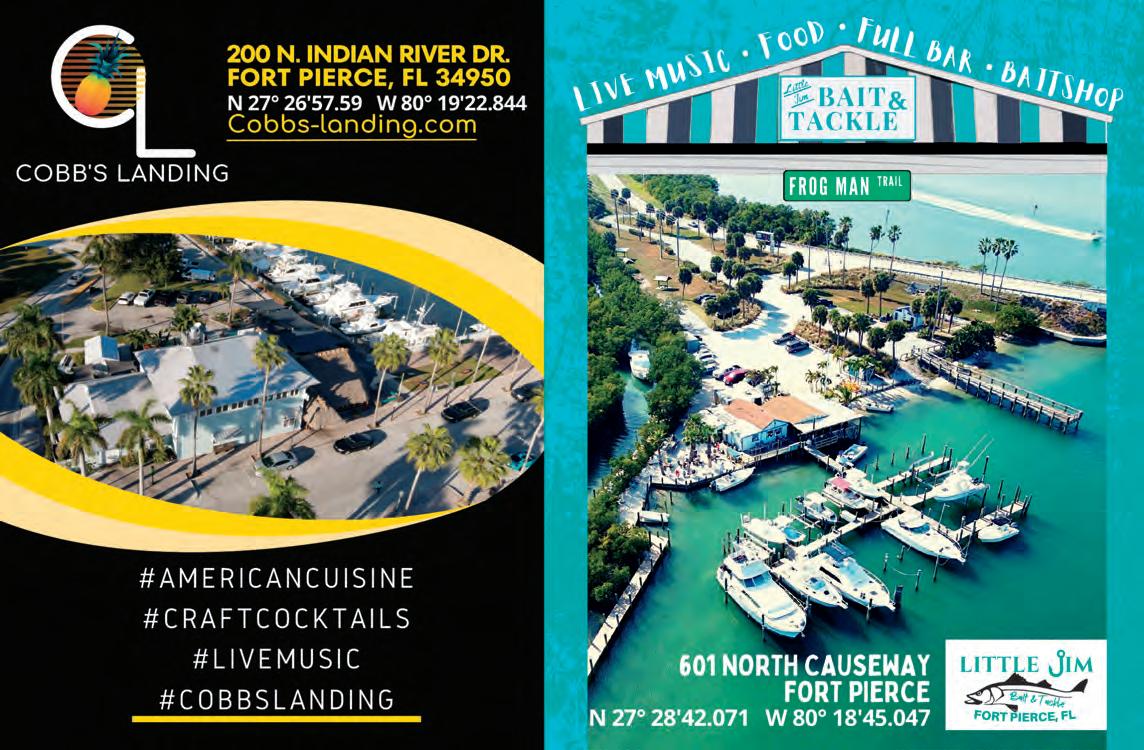
It’s becoming an annual thing in Stuart and Fort Myers. Discharges from Lake Okeechobee fouling the waters of one of Florida’s most important natural rivers.
Once again, billions of gallons of dirty, filthy freshwater are pouring from Lake Okeechobee, down the 23-mile manmade St. Lucie Canal and through the flood gates at St. Lucie Lock and Dam into the river. The discharges began on Feb. 17, and at CAM’s press time, are likely still pouring into the river creating problems for the fish and organisms that call the river and southern Indian River Lagoon home.
For readers who are new to this area, or are reading elsewhere, let me break down what this means and some of the numbers helpful to understand:
WHY ARE THERE LAKE O DISCHARGES? Lake Okeechobee is 730 square miles in size and is located in western Martin County. It

is the “liquid heart of Florida” and the center of how the Everglades water system works. When its level gets too high, the Army Corps of Engineersresponsible for its level - makes the decision to lower the level. The only mechanism to lower that level is to flow high volumes of its water east to the St. Lucie through Stuart to the Atlantic Ocean and west to the
Caloosahatchee River to Fort Myers and the Guld of Mexico.
HOW MUCH WATER WAS MOVED? From Feb. 17 to March 1, 15 billion gallons total went into the St. Lucie. From March 2 to March 16, the same amount. It was expected to continue at the same rate until March 29 meaning Stuart received a total of 45 billion gallons at a rate of 1.5-2.5
billion gallons per day. Some days had zero discharges, too.
WHAT DOES THIS MEAN FOR FISHING? It’s important to understand that for a brackish and saltwater estuary, freshwater from a watershed that was only connected by mankind is actually destructive. Salinity levels that usually range between 15 and 20 parts per thousand dropped to zero throughout much of the event at the Roosevelt Bridge. That means oysters in the middle estuary died. Young larval oysters - spat - can’t settle on a bar to begin their lives. Seagrasses and clams in the lagoon nearby are smothered and die. Crabs, croakers, drum and sheepshead head downstream. Snook hang around for a few weeks before leaving. The health department says we can eat the fish, but I tell readers the old Dirty Harry line: “Do you feel lucky?”
WHAT HAPPENS NOW? Will we get discharges this summer? Maybe not, but it depends on the weather. Better hope for a quiet hurricane season or else we could be at this later this summer.

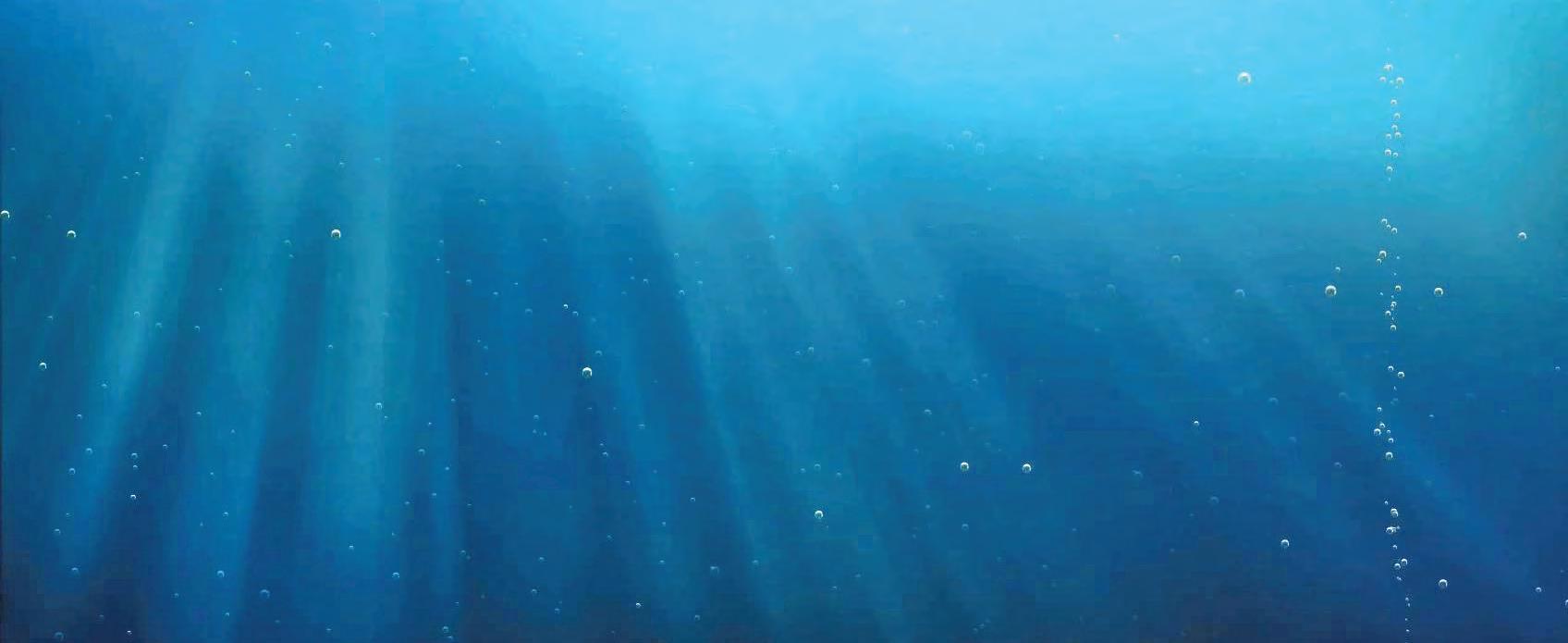








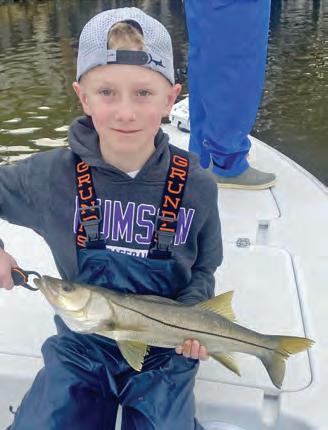

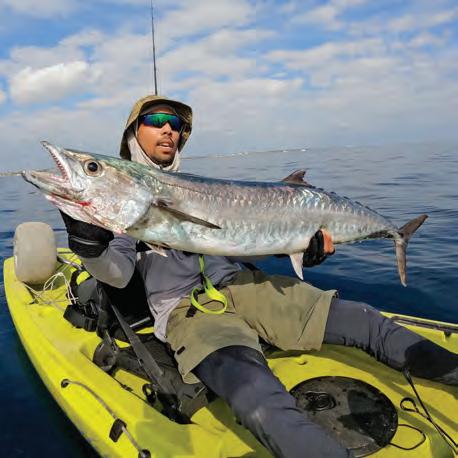



With 16-Inch & 12-Inch Heavy Duty Beach Wheels, Custom Axle Kits & Pompano Rigs!
16-INCH:
$129.99/Pair with Bushings
$169.99/Pair with Bearings
12-INCH:
$119.99/Pair w/Bushings

$159.99/Pair w/Bearings
• Fits 3/4 Axles
• 350 lb. Weight Capacity Per Pair
• Stainless Steel Needle Roller Bearings

We Sell 3/4 In. Solid Aluminum Axle Kits for $34.99!
The second season of the Florida Fish and Wildlife Conservation Commission’s Triple Treat Trowdown runs from March 1 to Sept. 29, and Triple Treat Club members have a chance to win an awesome fshing kayak bundle valued at more than $4,500.

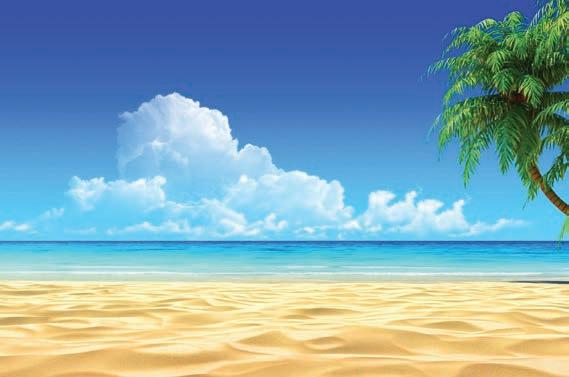
779.770.2100





Te Trowdown is a part of FWC’s Catch a Florida Memory, which is intended to enhance and increase participation in saltwater fshing. Te Triple Treat Club is for anglers who have achieved all three of Catch a Florida Memory’s recognition programs: Saltwater Grand Slam, Saltwater Reel Big Fish and Saltwater Life List 10 Fish Club. Anglers who reach Triple Treat Club status will be entered into a drawing for the kayak bundle afer the Trowdown season ends on Sept. 29. Anglers who are already in the Triple Treat Club will receive a drawing entry for each new recognition they earn during the challenge period.
“Building of of last year’s successful season, we are excited to announce Season 2 of Catch a Florida Memory’s Triple Treat Trowdown with an even bigger prize from our generous sponsors,” said Jessica McCawley, director of Marine Fisheries Management. “We encourage anglers to get out on the water, make Florida memories and help conserve fsheries by targeting a diversity of species.”
One lucky angler will be randomly drawn to win a top-of-the-line kayak fshing bundle valued at over $4,500. Tis bundle includes a Bonafde P127 kayak, a premium Mustad fshing gear bundle and kayak safety kit. Te award is made possible by Bonafde, Mustad and Russ Vorhis Insurance AgencyState Farm.
Find out how to qualify for the drawing at CatchaFloridaMemory.com.
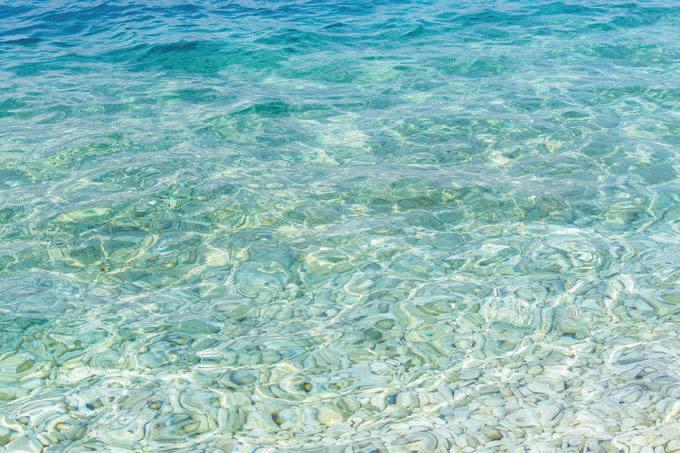

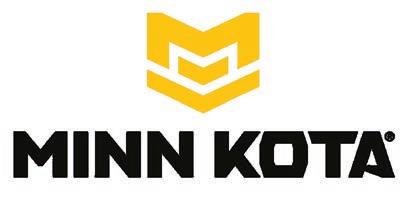


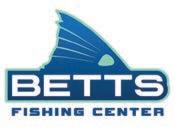


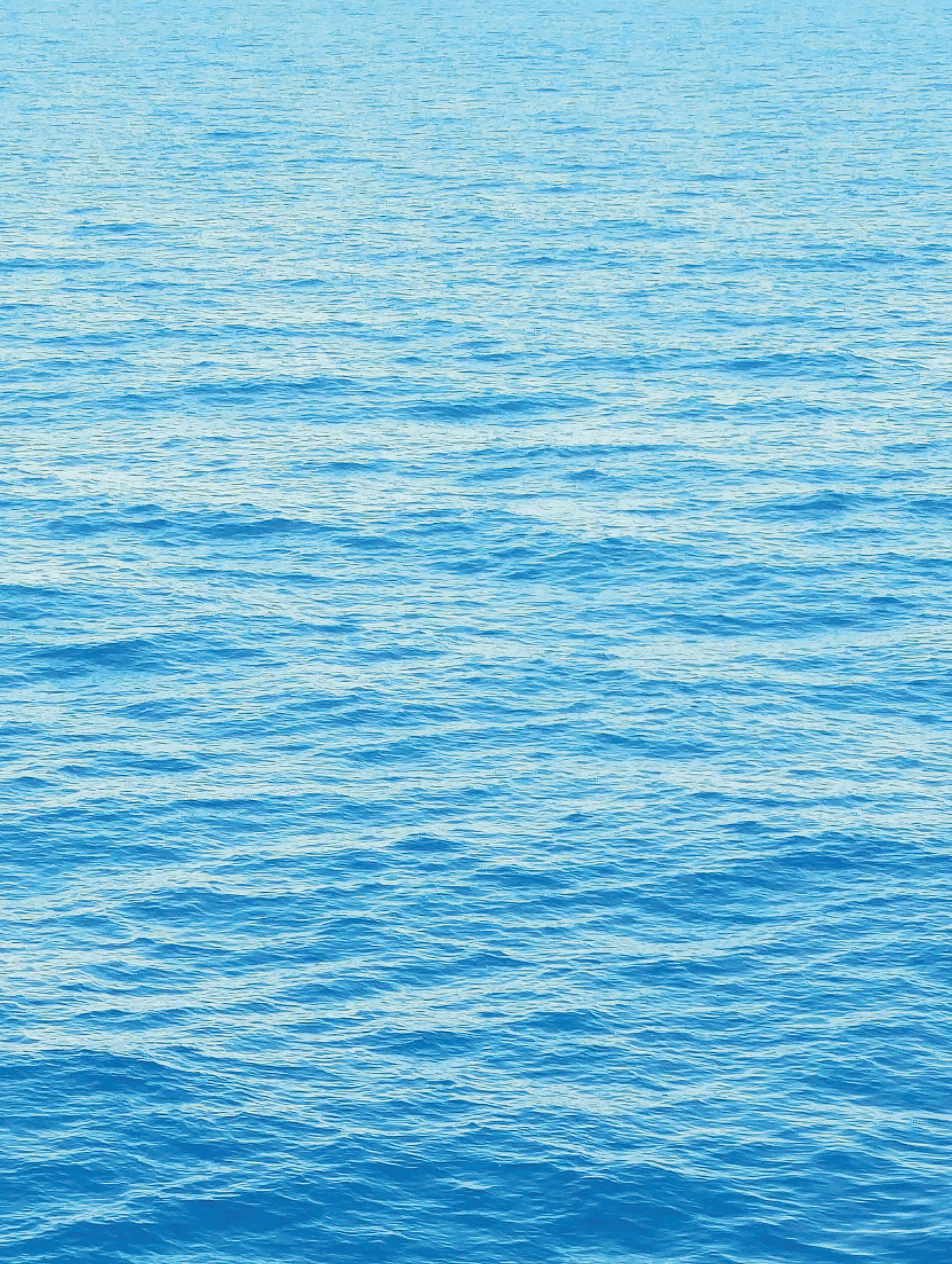


























1.
2.
3.
4.
5.






SPRING fiSHING CLASSIC EVENT SAVE UP TO $4,000
SPRING fiSHING CLASSIC EVENT SAVE UP TO $4,000




ENDS MARCH 27TH, 2024
ENDS MARCH 27TH, 2024








While working for his father’s transformer company, Deltona Transformers, in the 80s, Mike Prelec Sr. identifed an opportunity to provide a smarter battery charging solution to the bass fshing industry. Subsequently, Mike Sr. and the engineers at Deltran designed and built the global brand Deltran BatteryTender®, a leader in battery chargers and accessories.


Fast forward 40 years, and Mike Sr. parlayed his experience with electronics to test and scrutinize a new generation of high-quality, fast-charging lithium batteries. Mike established a central Florida test lab and began ordering samples from several overseas manufacturers. Even the platinumtier manufacturers provided varying quality in components, cells, boards and overall inconsistent construction. Several years later, with a select group of top-tier vendors, Florida Lithium was launched to provide bestin-class deep cycle-dual purpose (800 cranking amps) LifePO4 batteries that meet or exceed all Mercury requirements for lithium batteries. Today, Florida Lithium’s product line ranges from 12V, 36V and 48V batteries, providing versatile options for cranking, house electronics, or trolling motor applications. Teir DeLand warehouse is available for pickups Monday through Friday (by appointment only), and they ofer shipping nationwide. Florida Lithium also provides batteries and accessories to marine dealers, boat builders and marine service/repair shops throughout the Southeast.
Tere is no doubt you can fnd cheap lithium batteries on Amazon or other marketplaces, but when push comes to shove, some of those poorly constructed batteries will fail, leaving you with a very expensive paperweight and the inability to get anyone (stateside) on the phone. Florida Lithium’s customer support team actually speaks English, and in the event you reach their voicemail, a member of the team will respond in a timely manner.
Florida Lithium is proud to provide Florida-based customer service and technical support, coupled with a no-nonsense fx, repair or replace warranty. Lead-acid batteries are quickly becoming a thing of the past. If you are looking for a powerful, lightweight and reliable battery upgrade, Florida Lithium has you covered. Teir team is made up of Florida-based boaters and fsherman, and they understand what’s required to maximize your on-the-water experience.






 By Scott Goodman
By Scott Goodman




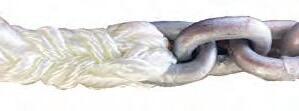





Jimmy Johnson’s Quest for the Ring Championship Fishing Week is an annual South Florida event that is renowned for a guaranteed milliondollar-plus purse. It’s the largest guaranteed prize for fshing in the world, so far as we are aware. Te “real prize” is the chance for one team to win diamond-studded Super Bowl-caliber rings that rival any awarded by the NFL.
Te event’s namesake is, of course, legendary Hall of Fame football coach Jimmy Johnson, who is now a fxture in the South Florida fshing community. I had a chance to sit down with Coach to pick his brain about the tournament.
Johnson grew up on the Gulf Coast of Texas and loved saltwater from the get-go. “Daddy had a little14 foot wooden boat in Galveston,” he recalled. Johnson fshed as a child and developed a passion during his time as head coach of the Dallas Cowboys.
“I liked to get out in the boat early and fsh by myself,” he said. “I found fshing to be so peaceful as opposed to the stress of coaching pro football. I just love it. I have caught and released fve blue marlin by myself… but my favorite fsh is the wahoo because they just scream. I’ll fast troll with lures or slow troll with a ballyhoo and a cigar weight.”
Coach Johnson’s tournament started as a local Florida Keys event.
“Well, it started as a small tournament in the Keys centered around my restaurant, Jimmy Johnson’s Big Chill,” he said. “Since bringing on the crew at Fish Hard Events, it has become the enormous experience it is today.”
Jimmy Johnson’s Quest for the Ring Championship Fishing Week, or JJFISHWEEK, includes the main event, the two-day Catch & Release ‘Quest for the Ring’ Championship, featuring a $1 million guaranteed purse; JJ’s National Sportfsh Tournament, for the meat fsh afcionados; and the inviteonly Hard Rock Invitational.
Tis year’s JJFISHWEEK concluded March 9 with an awards ceremony at Seminole Hard Rock Hotel & Casino in Hollywood, Fla. Coveted championship rings were awarded to Owner Sandra MacMillan, Capt. John Louis Dudas and Team Sandman, aboard a 63-foot Spencer, which earned them a cool $300,000. Tis marks Sandman’s third championship, having clinched the title in 2018 and 2020.
Obviously, the money and fshing are big-time, but Johnson likes how the event engages the fshing community and gives back. Tis year’s event raised more than $100,000 for the CI Foundation, which will be gifed to its charitable benefciaries.
“I love the people that it brings together,” he said. “We also have a number of charities that we support. My son has the Tranquil Shores Foundation, which is a drug and alcohol abuse center. He’s got a foundation for people who can’t aford treatment.”
Te next stop for Jimmy Johnson’s Quest for the Ring is an inaugural Atlantic City, New Jersey tournament July 14-20. Next year’s Florida event is slated for March 4-8, 2025. For more information JJFishWeek.com.
Scott Goodman is Co-publisher of Coastal Angler Magazine/Miami.

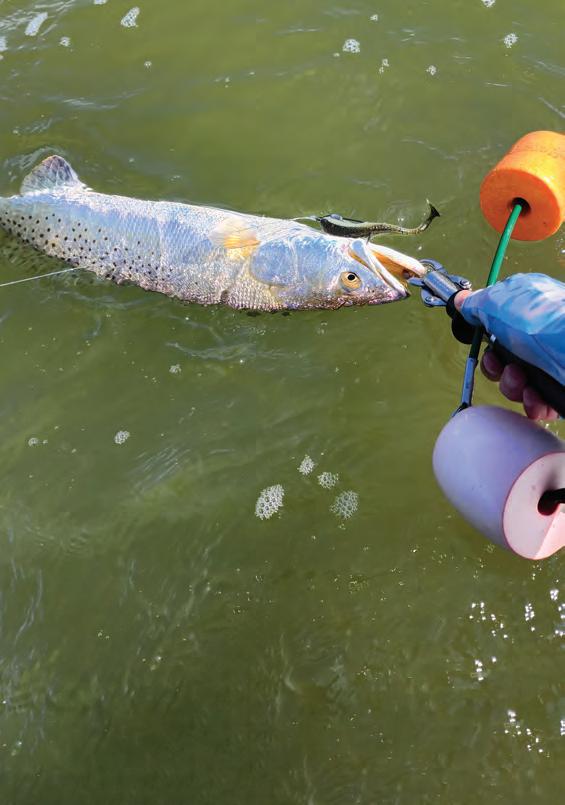
As the seasons change, so should your fshing locations and tactics. In my quest to target larger trout and reds, I modify my approach slightly versus what I have been doing for the past three or four months. However, depending on the weather, spring can be a tricky time to fnd solid and repeatable patterns. With the water temperature swings, the fsh begin to move from winter to spring areas. But a slight cold front will send them right back to their winter patterns, and it will keep you on your toes.
Te frst major transition is from mud to a frmer sand bottom. In my area, the prominent structure will still be grass, but the base sediment will change. If your area structure is shell or rocks, you will still want to fnd harder sand. According to biologists, the primary reason for this is the winter forage, primarily mullet, fnd their food source in the mud during the colder months. We all know fsh follow the bait, and that is why we target trout and reds on sofer bottoms in the winter. As the water warms, the next generation of perch shrimp and other species hatch and will be found in structure with a frm bottom. In my area, that will be grass.
Now that we know where to fsh, let’s cover the how. In spring, staying tight to the cover is important. It is imperative for juvenile forage to stay in tight schools and intermingled in the structure for survival. Keeping your lure near the grass, shell, or wherever you are fshing will be critical to success. I target the borders where sand and grass meet. Each area will vary depending on if it is predominantly sand or grass. If it is mostly grass, I concentrate my eforts casting into the grass and working my lure into the sand, paying attention to the edge and giving the fsh time to fnd my lure at that intersection. On the other hand, if it is mostly sand, I will target the grass patches and once again the edge.
Spring allows us to utilize a wide range of lures. Sof plastics danced along the bottom or topwaters skated across the surface can both be efective, depending on the mood of the fsh. Tis will be determined by water temp and the passing of late-season cool fronts.
Whatever lure you decide to use, concentrate on the edges of the available cover to increase your odds of having a productive day. As always, take a kid fshing; you just might learn something.
Capt. Michael Okruhlik is the inventor of Knockin Tail Lures®, and the owner of www.MyCoastOutdoors.com.





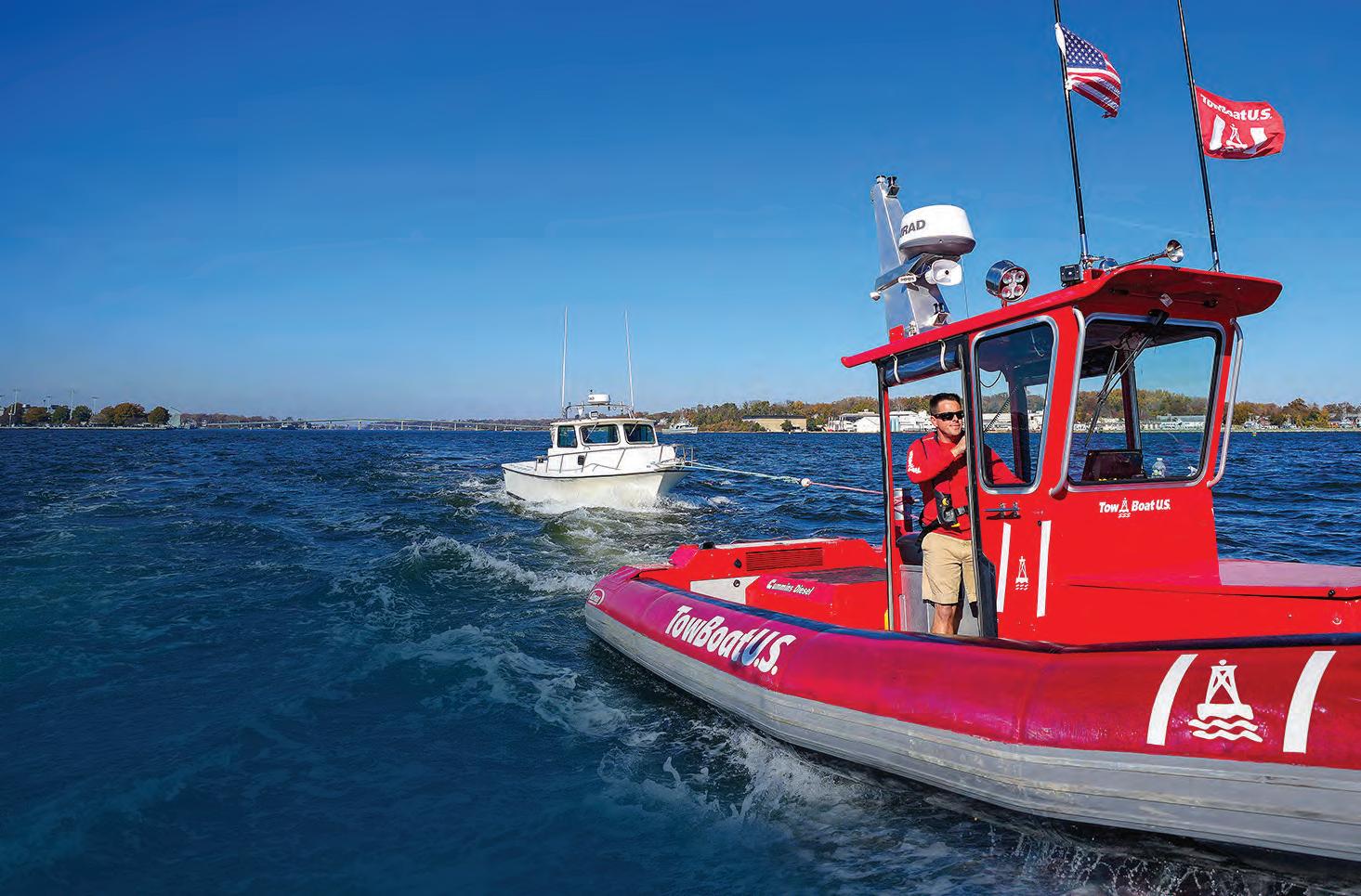
Spring is one of my favorite times of year for many species on the inshore menu, including red drum, snook and trout. I usually fsh at night for several reasons including my “day job,” which keeps me occupied for a vast majority of daylight hours. I guess I could become a weekend warrior, but I’ve noticed the best weather typically doesn’t occur on weekends. Tere’s an old saying that goes something like this: “You know what happens afer two days of really crappy weather?”
“MONDAY!”
All joking aside, I believe the best bite for older, wiser, heavily pressured fsh is at night. Tey’re a little more at ease afer the sun goes down and the boat trafc lets up. Tis is when the big girls let their guard down and come back into shallower water to feed. Wherever you fnd shrimp and small mullet along the edges is a good place to take advantage of aggressively feeding redfsh, trout or snook afer dark. Te patterns are similar for all of them.
Just before dark is a good time to get situated to the rising or falling tide and the water clarity, which might be afected by

frequent rains this time of year. Get used to your surroundings and how fast the current is running. Keep the lights low, and allow your night vision to kick in as darkness settles.
Music on the boat is fun, but this is a situation when you’ll want to be quiet. Don’t play the radio loud or stomp around on the deck. Close your coolers and hatches quietly. Try not to talk are laugh too loud. Sound travels extremely well in the water, and when the rest of the world is quiet, the noise you make is even more startling to the fsh.

I don’t even use “spot lock” on the trolling motor at night in shallow water. I think fsh have learned to associate the sound of trolling motors with the presence of a boats and humans… just saying. Make your own choice here.
Color selection is a very important at night. Dark colors, especially with shrimp lures, work better at night, especially when there is a bright moon. It might sound crazy, but dark colors are silhouetted by the moonlight and are easier for fsh to see. Dark brown, purple and black can be extremely hot on nights with a full or nearly full moon.
I’m partial to shrimp imitations, and a lot of times I’ll suspend one under a glowin-the-dark cork for night fshing. Tat cork carries it along perfectly with the current and you can keep your eyes on where your bait is, which is one of the difculties of fshing at night.
If you’re like me and have a job that keeps you occupied during the day, consider fshing the second shif. You might be pleasantly surprised.
See more from Tim Barefoot at barefootcatsandtackle.com.
 By A. deGruchy
By A. deGruchy
Cobia are robust, daring, and always up for a challenge. You know you’re in for some fun when you spot them cruising near the surface, sometimes in pairs or groups, hounding baitfsh like a wolfpack or drawn in by curiosity at the action around your boat. If you’re geared up and ready for them, a little fnesse will have you luring them in like a pro.
Location is key. When fshing for cobia in the backcountry here in the Florida Keys, we look for them to be around structures, wrecks and foating debris, ofen roaming the same areas in groups. Tey’re not pickiest eaters. Pitch a live bait out in front of them, and they’ll usually eat it, and we’ve also had great success with a Savage Gear RTF 3D Shrimp.
Te action when using these Savage Gear shrimps is a hard jerking lif, then letting your shrimp fall, mimicking a shrimp’s natural actions. For the battle, the optimal gear is at least a 4500 reel, but you really don’t need more than a 6500, and we always trust our Penn Authority and pair it with a medium/medium-light Carnage III Rod for maximum control and power.
Te most important thing to remember when hooking a cobia is to be ready, as it’s very common to spot “following” cobia. Tey ofen travel together and like to investigate what your hooked cobia is doing and eating. Tese “followers” can lead to an epic double header, but only if you have enough rods rigged and ready on the boat and hands to cast them.
Cobia are known for powerful runs, ofen scoping up and switching directions in a split second. Keep calm, adjust your drag, and let them exhaust themselves. Stay alert as you reel in your cobia, as they are known for sudden maneuvers, and will sometimes dart under the boat in a heartbeat. And the fght doesn’t end even afer you’ve gafed a cobia. Exercise caution when you bring them over the rail and onto the deck because they ofen cause havoc on the boat. It’s best to tire them out completely during the fght to minimize potential damage.
Since regulations frequently change with cobia, staying informed is important. One keeper cobia can feed a lot of people. Teir meat is known for its steak-like texture and delicate favor, perfect for a mouthwatering sear with butter and seasoning.
For the best shot at spotting a cobia, consider booking a full-day charter. Tis helps your chances to see one, and the timing should be pretty solid for in the upcoming weeks.
Book a charter at www.beansportfshing.com and follow their cobia adventures at “Bean Sportfshing TV” on YouTube.







Along with blooms on the trees and frogspawn in the ponds, the annual rites of spring include an uptick in anglers reporting heavyweight catches.
A spate of recent record catches marks the transition to longer days, warmer weather and spring-spawning species putting on weight. In Indiana, an angler caught a monster 8-pound, 4-ounce smallmouth bass that crushed the existing state record by a pound. In Kentucky and Georgia, two anglers boated big yellow perch. Te Kentucky perch set a new state record, while the Georgia fsh earned the angler a tie for the heaviest perch ever caught in the Peach State.
In Indiana, angler Rex Remington caught his big pre-spawn smallie on March 3 at Monroe Reservoir. Te fsh was weighed on certifed scales in the presence of Indiana DNR ofcials before being released. Te new record was adopted a couple weeks later and is listed at 8 pounds, 4 ounces, beating a record that had stood since 1992. Te all-tackle world record smallmouth weighed 11 pounds, 15 ounces. It was caught from Dale Hollow Lake, Tennessee in 1955.
Smaller, but no-less-impressive, Lynn Bumgardner caught his 1.58-pound Kentuckyrecord yellow perch at Lake Barkley on March 2. It beat the existing 1.44-pound record caught in 2010. He was trolling grubs for crappie and knew

he had a heavy fsh when it hit, but he didn’t realize it was a potential record perch until it surfaced. Te fsh was 14.25 inches long.
Tey must grow perch bigger in Georgia. On Feb. 18, Emerson Mulhall caught a huge 16-inchlong, 2-pound, 9-ounce yellow perch that tied the existing state record set in 2013. Mulhall, who usually bass fshes at north Georgia’s Lake Burton was initially confused, because the fsh he’d hooked didn’t fght like a bass. When he realized it was a perch, his father convinced him to get of the lake and go get it weighed on certifed scales.
Te all-tackle world record yellow perch is reported by IGFA to have weighed 4 pounds, 3 ounces. Tat fsh was caught in New Jersey in 1865.
For more record fsh, go to coastalanglermag.com.



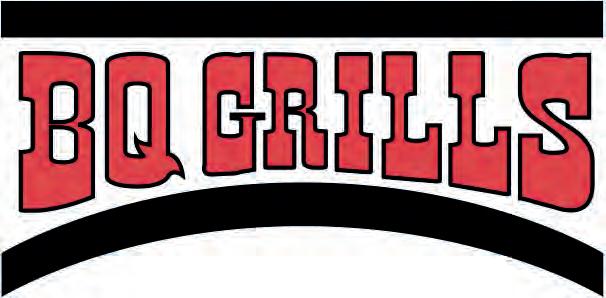


In some parts of the country, the bass spawn is already coming to an end like it is down here in Florida. In others the post-spawn might not start up for another couple months. Regardless of your phase, this post-spawn fshing tip should help you dial in your fshery when the time is right for you.
One thing is the same for every fshery and every species of bass afer they spawn, they are hungry! Tis can create some awesome and fun fshing opportunities. Post-spawn bass have provided some of my best days on the water.
Typically, afer the largemouth bass spawn, there are other fsh that begin their spawn. I’m not a scientist, but I’m sure this has a lot to do with the specifc timing of why bass do their thing when they do. In most areas of the southern United States, bluegill and ofentimes shad start to spawn very shortly afer the bass fnish up. Afer a long couple weeks or months protecting eggs in the shallows, bass use every advantage they can to feed when these baitfsh group up, and this can make for some fun fshing.
Smallmouth bass and spotted bass in the post-spawn phase are very similar to largemouths when it comes to taking
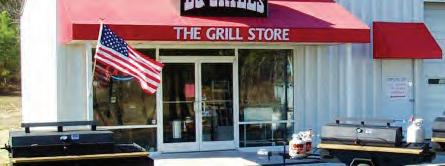


advantage of bait schools. I have seen them group up and attack shad, perch and alewife schools and any other bait that is readily available. Typically, I do a lot of my searching for these things with my electronics and forward-facing sonar, which is a very helpful tool for learning fsh activity and seeing what’s going on under the surface of the water.
Most of the time you don’t necessarily need electronics. You can use clues visible to the naked eye to help you fnd this “feed” that is going on. Birds feeding on the water is an awesome sign of a feeding frenzy, and it’s one thing I always look for. Also, always keep your eyes peeled for fsh blowing up on the surface or shad fickering under the surface. Sometimes the very smallest clue can lead you to much larger picture. Birds standing on specifc banks, the sound of bluegill popping around vegetation, anything that clues you in to bait in the area usually means the bass aren’t very far away.

Hopefully this tip will help you when the fsh in your area get into the post-spawn feed. Find the bait, and you will fnd the bass!
I try to imitate the prevalent baitfsh with whatever kind of lure I’m throwing. For bluegill eaters, I will throw a frog or a swimjig in bluegill colors. For shad eaters, I will throw white or silver topwaters and crankbaits.
Always match the hatch if possible. Good luck out there this season, and tight lines!
Tyler Woolcott is a professional tournament angler and guide. Check out his website at www.tylerwoolcottfshing.com.
 By Will Schmidt
By Will Schmidt
With gag grouper closed until late summer for many of us, it is time to be out looking for red grouper to fll our tacos this spring and summer. Fortunately, they are aggressive eaters if you’re willing to make the extra efort to go to their feeding grounds. In general, to get to decentsized reds, you’ll need to head a bit farther out, with the best fshing being found in 80 feet or deeper, especially as the water warms. You are still looking for the same type of environment; Swiss cheese bottom, ledges and artifcial reefs can all hold good numbers of quality fsh.
Te tactics are the same and simple. Tey will eat dead or live bait in most cases. Tat said, I found a combination of the two to be the best bet. I like to start with “stinky bait.” Dropping some frozen squid or menhaden is a great way to get the bite going. Once the bite starts, which is usually quickly if they are around, I like to switch to palm-size live pinfsh to entice the bigger fsh. While dead bait and jigs will certainly get you keepers, the larger fsh are quicker to hit a live bait.
Rigs are simple. Circle hooks must be used with natural bait and 5/0 to 7/0 hooks will do the trick. I prefer to use about 2 feet of leader, then a swivel and my weight, and a knocker rig will also work. A minimum of 50-pound fuorocarbon leader is recommended, as they will run for a hole in the rocks once hooked. Keep a close eye on your leaders, as they tend to get chafed when the fshing is good.
Even though red grouper are typically smaller than gags, I still use my goto big grouper set up, as at these depths you could get a big gag or other sea monster. Fortunately, new lighter combos like the Accurate BV600 reel and 70H rod make a full day of fshing more fun and less fatiguing. Tese two-speed reels have a patented twin drag that will stop the hardiest of fsh, and with that winching power you can use a lighter more parabolic rods to handle the biggest of bottom fsh. Line is important too. Te lack of stretch in braid is a must for landing big grouper. A minimum of 65-pound test, and a metered braid like the Nomad Panderra 8x is great for knowing how close you are to the bottom. Moreover, these rods are sensitive enough to do double duty as trolling rods for kings, sails and mahi.
While they might not be quite as big as some of their cousins, red grouper are great table fare, and it is hard to turn down a grouper taco, no matter what variety it is.
Will Schmidt is a seasoned tournament angler who has been writing about fshing from more than two decades.















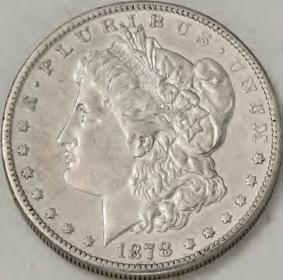



















The heritage of American Silver Dollars is rich and diverse, marked by stunningly beautiful designs, leading to an enduring desirability in the hearts of collectors around the world. In this iconic U.S. Silver Dollar set, spanning nearly 150 years, you’re getting FIVE American Silver Dollars issued over the last 15 decades that each reflect the history, culture and economic aspects of the United States.
Each of these U.S. Silver Dollars is sought-after by collectors individually, but this set includes every design of U.S. Silver Dollar in American history, issued from 1878 to 2024!
Morgan Silver Dollar: First struck 146 years ago in 1878, the Morgan has a historic legacy as the coin that helped build the American West. Minted until 1904, then again in 1921, this 90% silver coin with its iconic Lady Liberty design is the most collected vintage Silver Dollar in the world. Extremely Fine (XF) condition coin included in set.
Peace Silver Dollar: With a beautiful design memorializing peace following the end of World War I, the 90% silver Peace Dollar was intended as a one-year only release struck in 1921—but it proved so popular with the American people, it was struck until 1928, then again in 1934-35. Extremely Fine (XF) condition coin included in set.
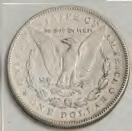
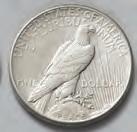

Eisenhower Dollar: The last circulating U.S. dollar coin, the Eisenhower Dollar, aka the “Ike Dollar,” was prized by Americans, with its design featuring war hero President Dwight D. Eisenhower, backed by an image symbolizing the Apollo II moon landing. First struck with silver 1971-1976, the Eisenhower Dollar in this set was struck in 40% silver for collectors, and you will receive a coin in Brilliant Uncirculated (BU) condition.






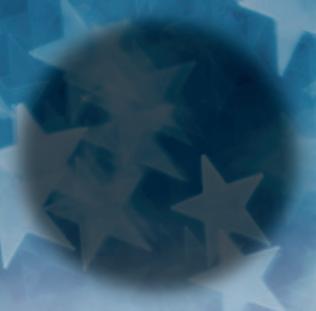











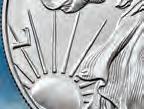





Silver Eagle Type 1: The first-ever U.S. Silver Dollar minted in 99.9% silver, these coins were first minted in 1986 following President Ronald Reagan’s signing of the Liberty Coin Act into law on July 9, 1985, which authorized the U.S. Mint to strike America’s new silver bullion coin. This gorgeous Silver Dollar features the original, revered Type 1 “Heraldic Eagle” reverse design by John Mercanti, 12th Chief Engraver of the U.S. Mint. Brilliant Uncirculated (BU) condition coin included in set.
Silver Eagle Type 2: In honor of the popular 99.9% silver coin’s 35th anniversary in 2021, the Silver Eagle received a new, esteemed Type 2 “Eagle Landing” reverse design. This is the current issued coin by the U.S. Mint. Brilliant Uncirculated (BU) condition coin included in set.
SAVE with this Ultimate U.S. Silver Dollar Set! You’ll save both time and money on this 150 Year U.S. Silver Dollar Set, with FREE SHIPPING and a BONUS presentation case, plus a new and informative 150 Years U.S. Silver Dollars booklet! Call right now to get yours before they’re gone!









Ultimate U.S. Silver Dollars Set — Regular








